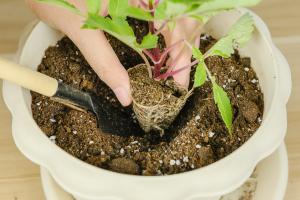1、 Daily maintenance
Illumination
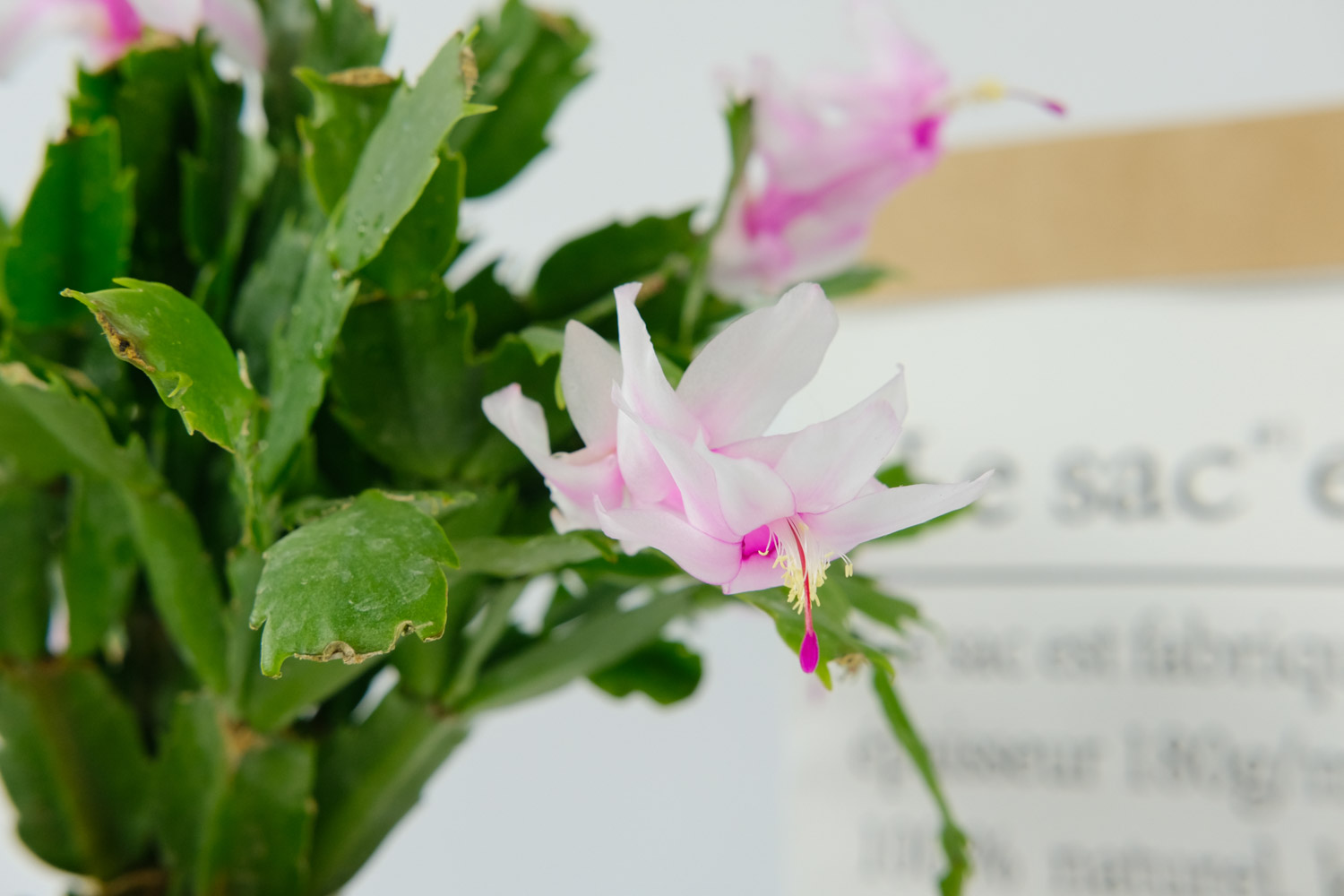
Crab claw orchid has low requirements for light. The most suitable environment is semi shade environment, which is not suitable for exposure. Now it's winter ~ the light in winter is relatively mild, so you can directly let the crab claw shine all day ~ but in summer, you need to shade~
Temperature
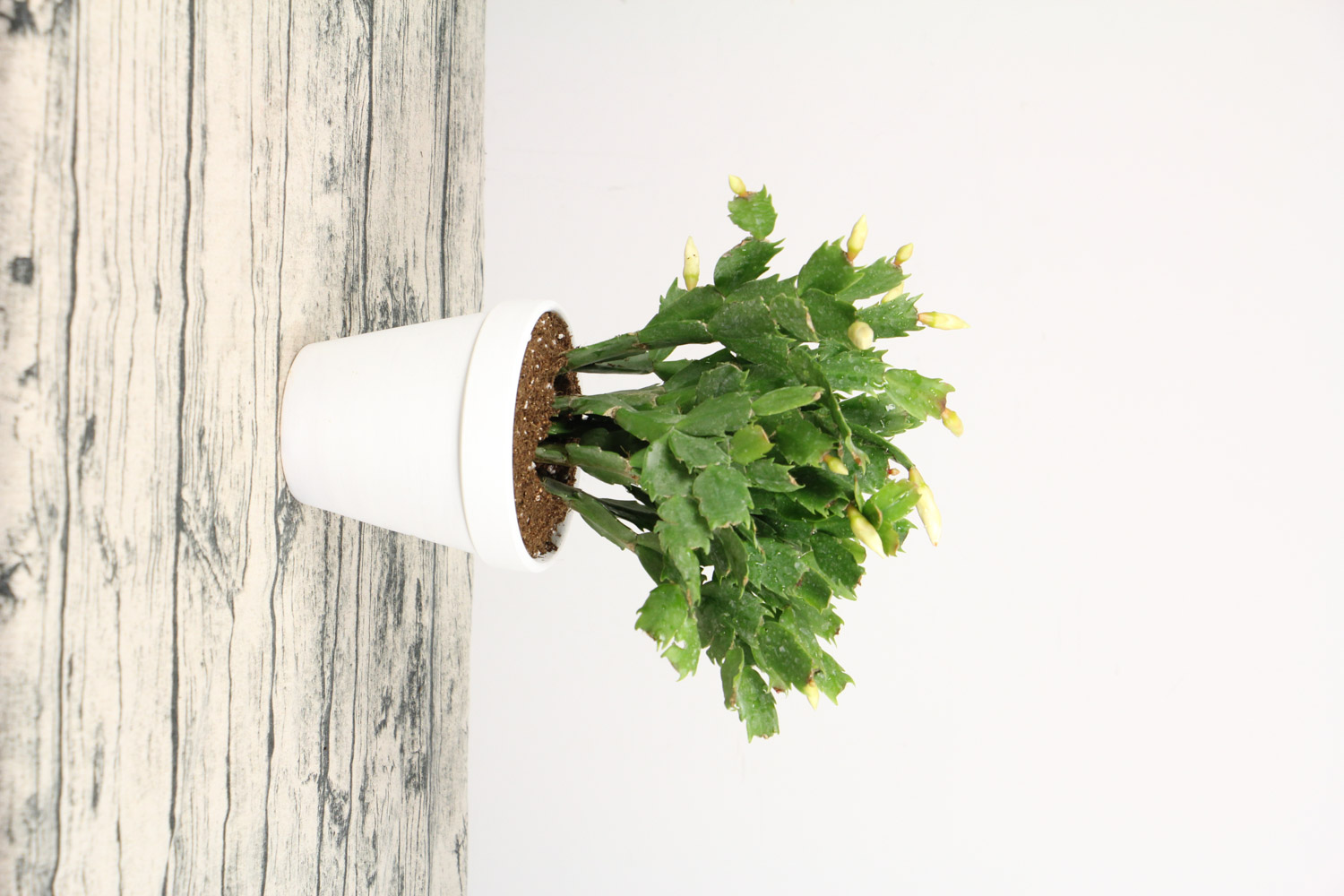
The crab claw orchid is not resistant to freezing. It will be damaged if it is lower than 0 ℃. Therefore, in winter, the crab claw orchid should be kept at a place with a temperature of no less than 5 ℃. If you want the crab claw orchid to blossom, keep the temperature at about 15 ℃~
Soil
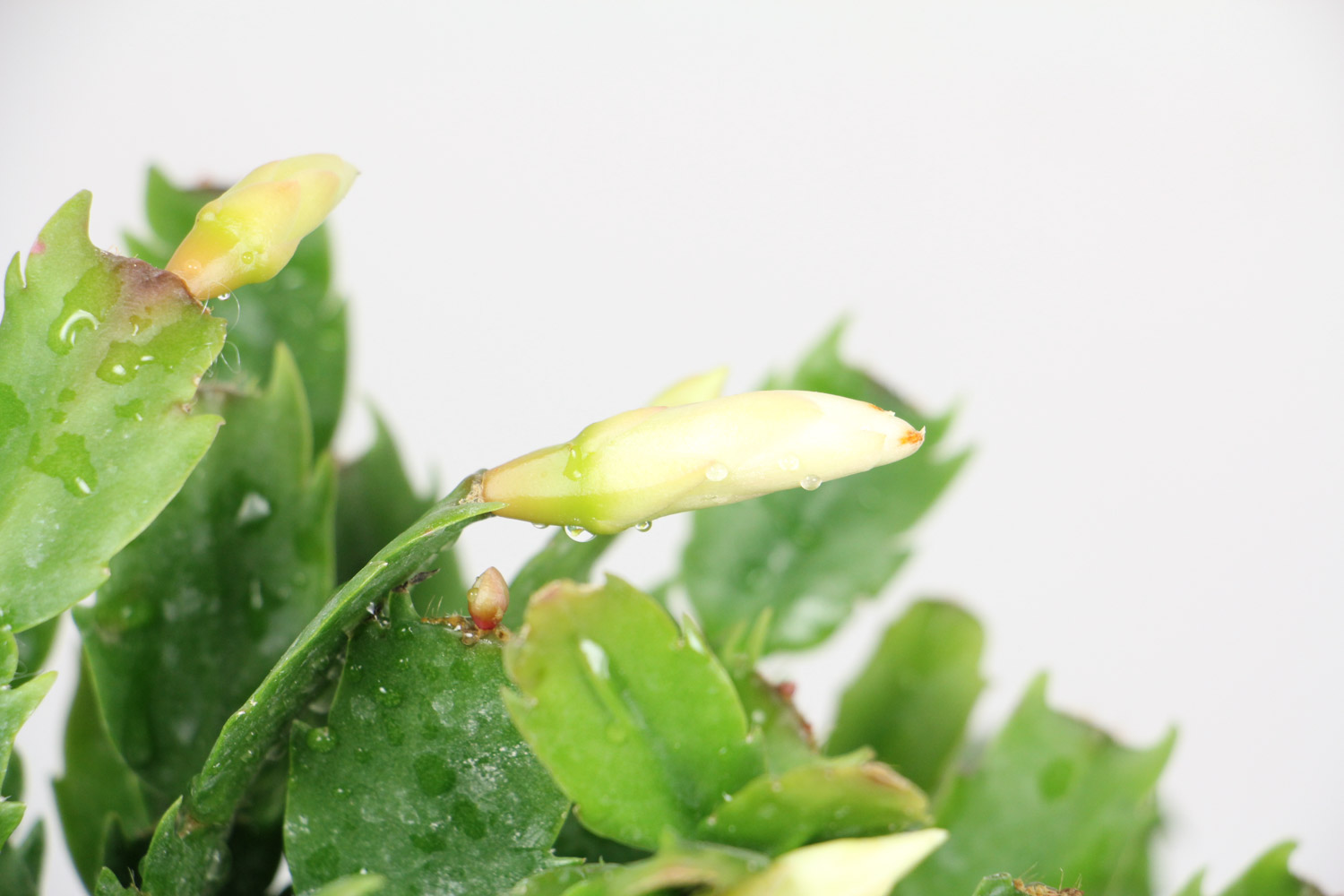
Loose and fertile, basically your soil can meet these two requirements is enough. Huahua suggests you choose rotten leaf soil. There is a lot of humus in this soil. Add some river sand to the rotten leaf soil to ensure the looseness of the soil
Watering
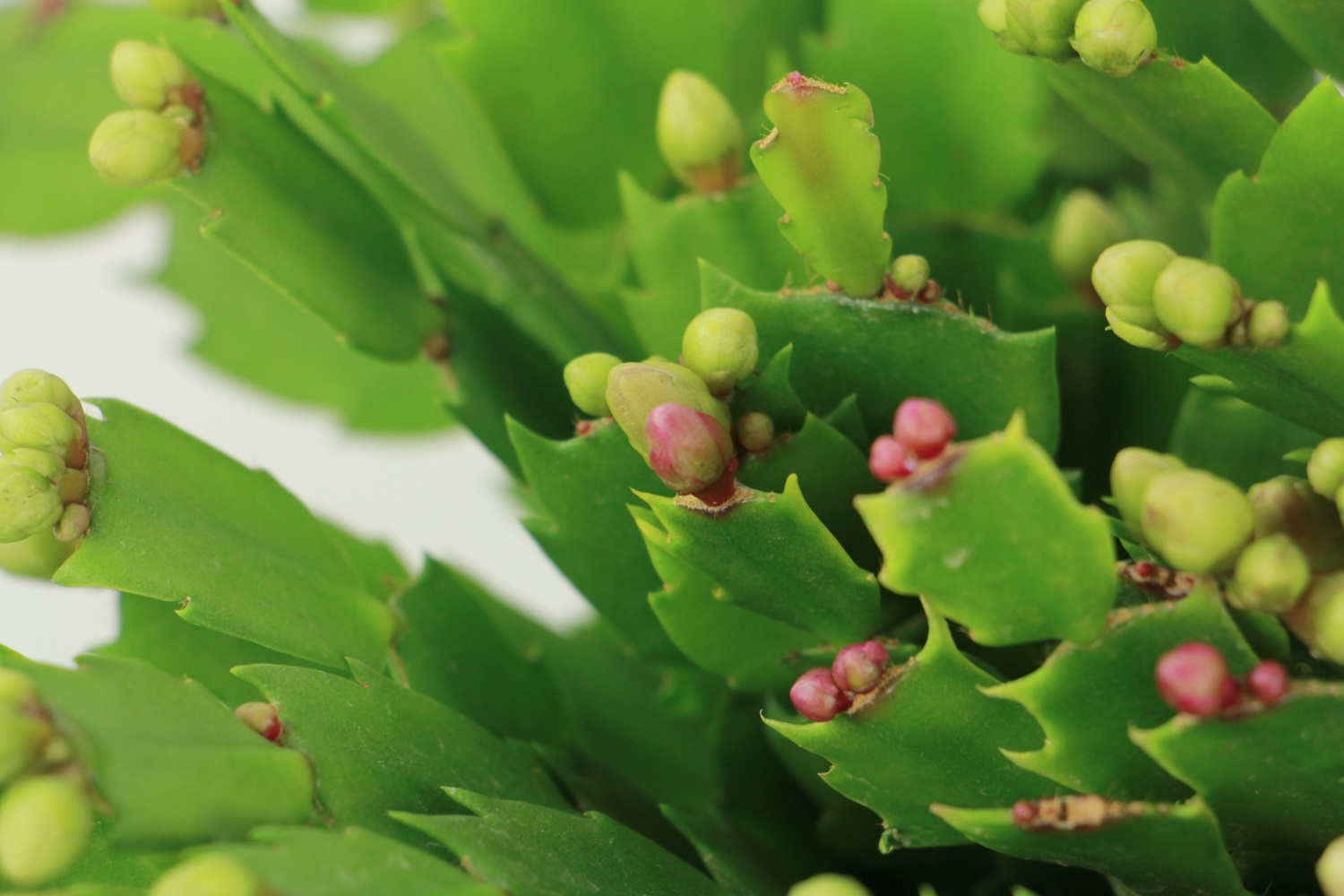
Watering is the most important thing in the use of crab claw orchid. The watering principle of crab claw orchid is not to dry, do not pour, and pour it thoroughly. In winter, the watering of crab claw orchid should be relatively reduced, and the usual basin soil should also be kept dry. Flowers and flowers once need to separate the basin soil until the crab claw orchid is dry. There is no problem at all~
Fertilization
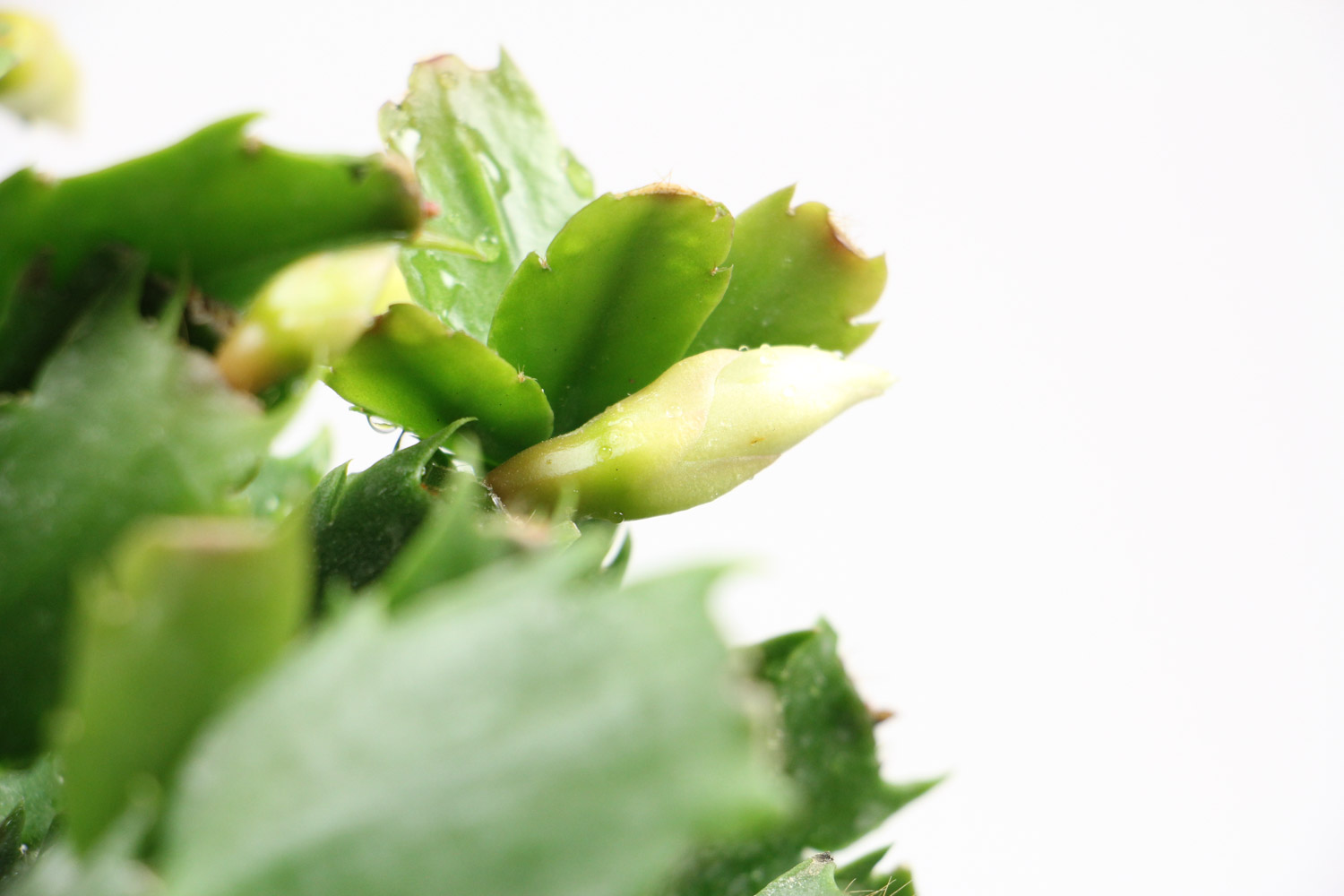
If you want the crab claw orchid to grow well and bloom brightly, you must apply fertilizer ~ during the growth period of the crab claw orchid, you can apply fertilizer every half a month, with less fertilizer each time. Especially after cutting, the root system of the crab claw orchid is fragile, and it is easy to burn the root if you apply too much fertilizer. The grafted crab claw orchid is also more fertilizer resistant. In autumn, apply phosphorus and potassium fertilizer once a month~
Huahua stressed that you can't get the crab claw plant when fertilizing. It will burn~
2、 Breeding method
Grafting
Preparation tools
Alcohol (75%), cotton wool, paper cutter
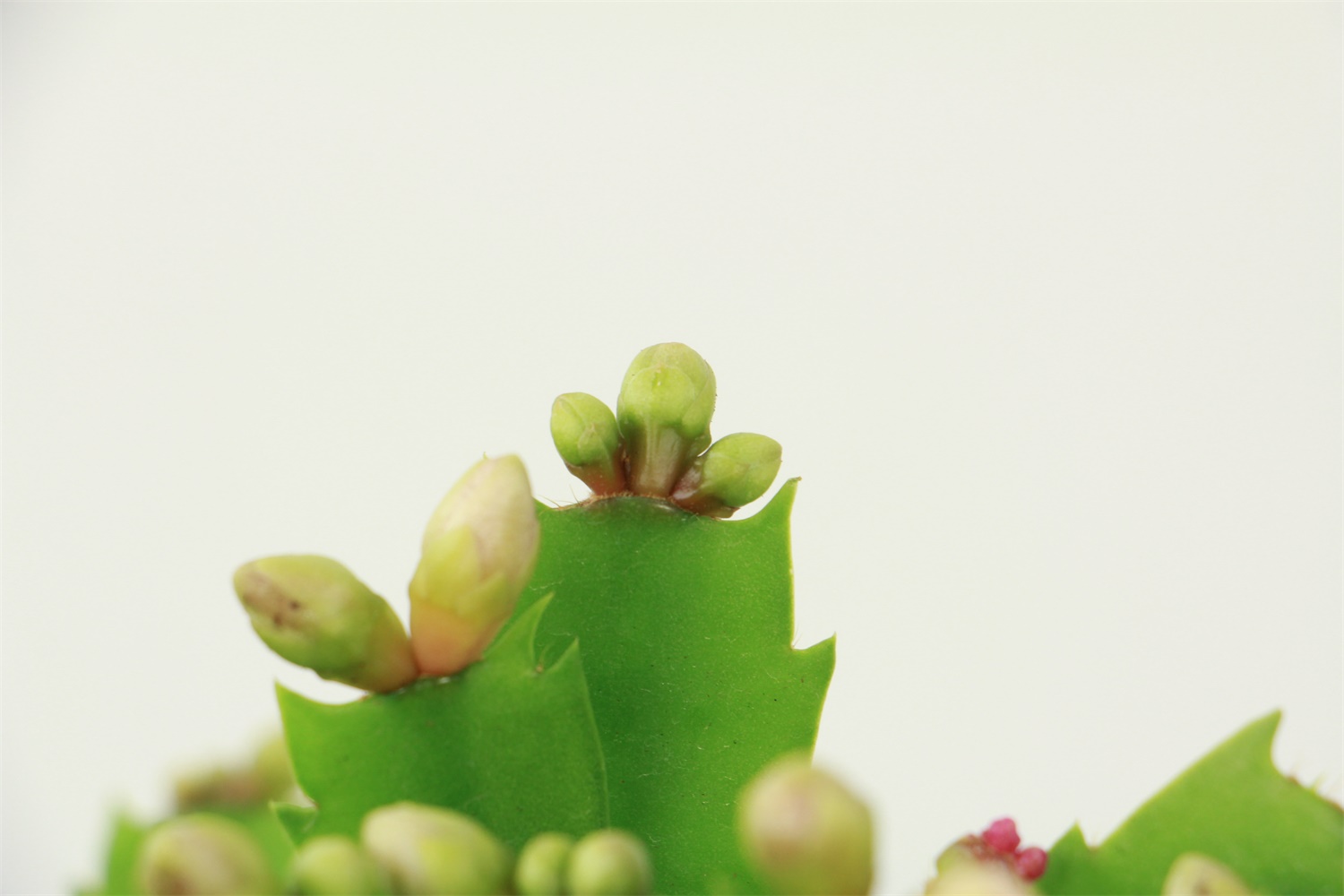
Rootstock: it is better to use cactus, yardstick or tiger thorn that is cold resistant and strong. Among them, the crab claw grafted with 1-2-year-old, tall and plump cactus with black thorn grows more vigorously
Scion: select two strong, plump and abnormal stems, and cut the lower end into duck mouth shape
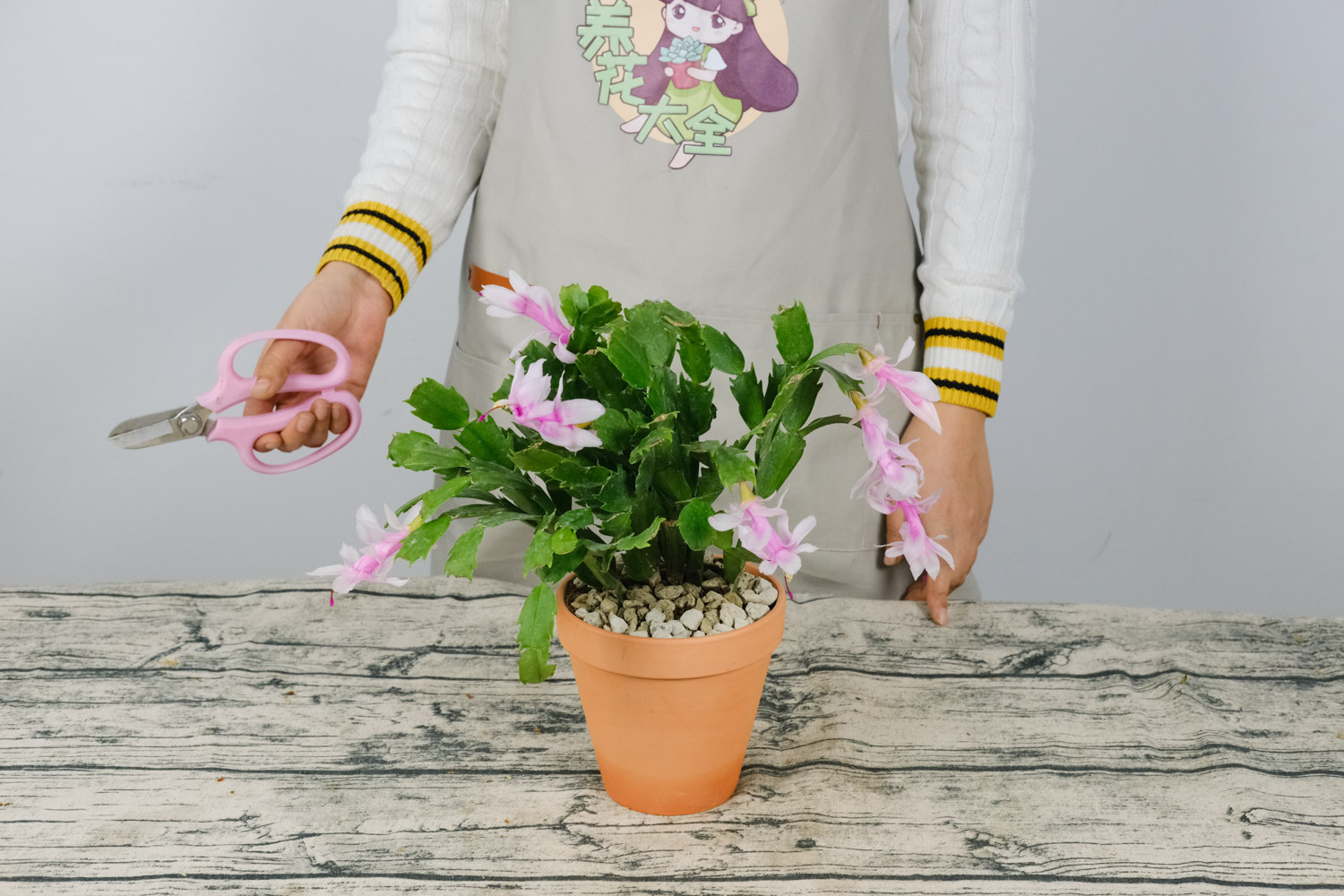
Disinfection
Disinfect the paper knife, grafted seedlings and cactus with alcohol soaked cotton wool. This step is very important and indispensable, otherwise the wound will rot
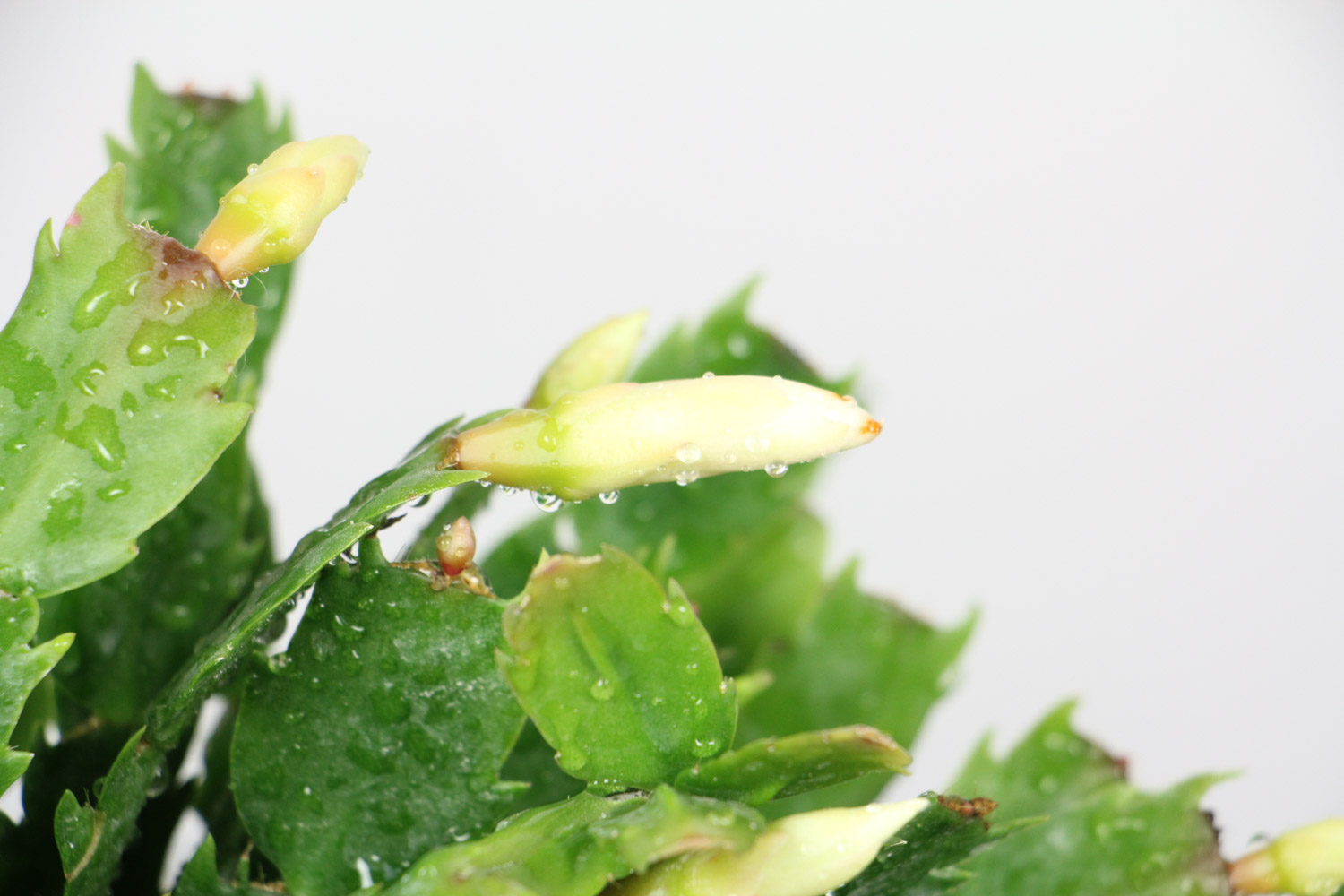
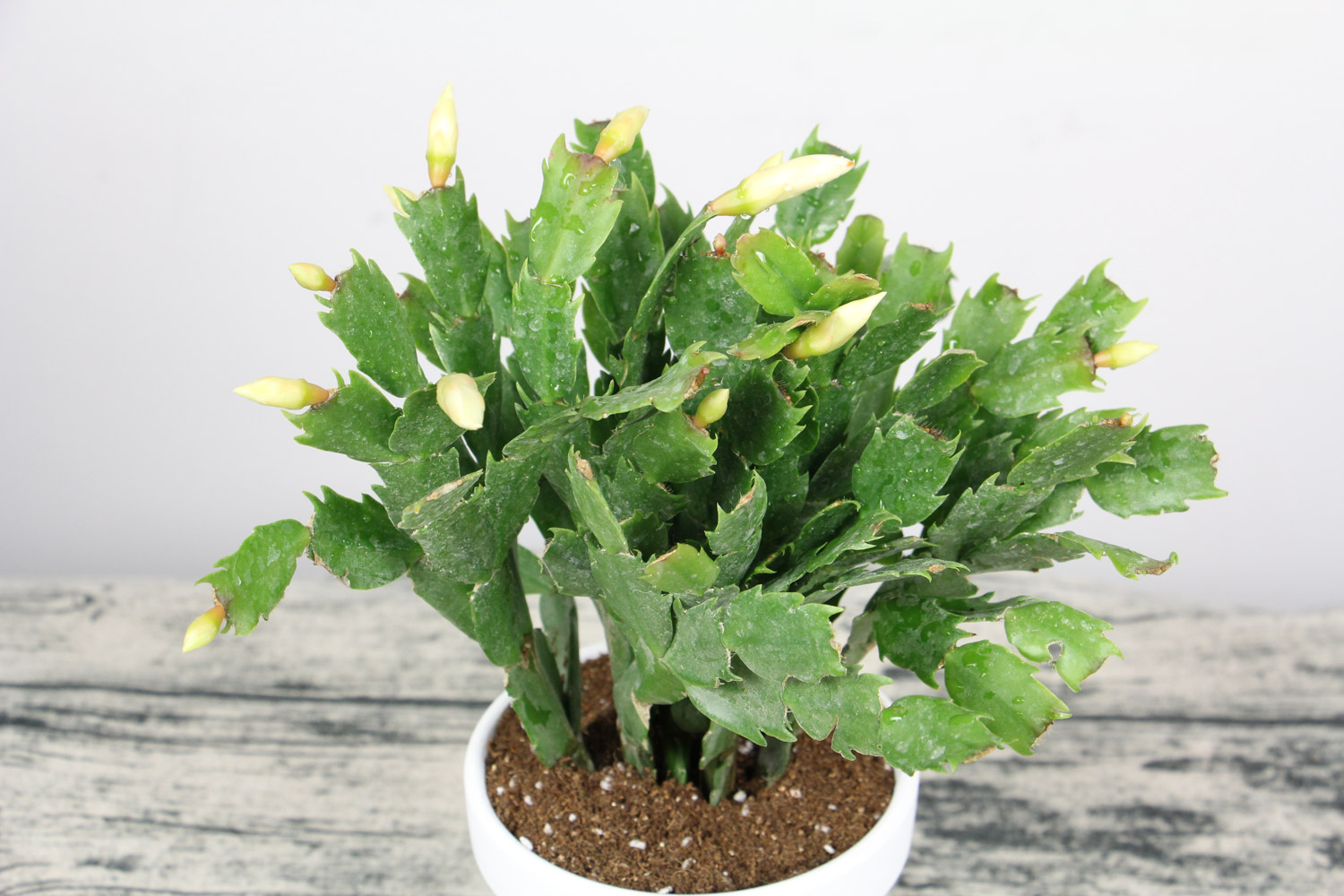
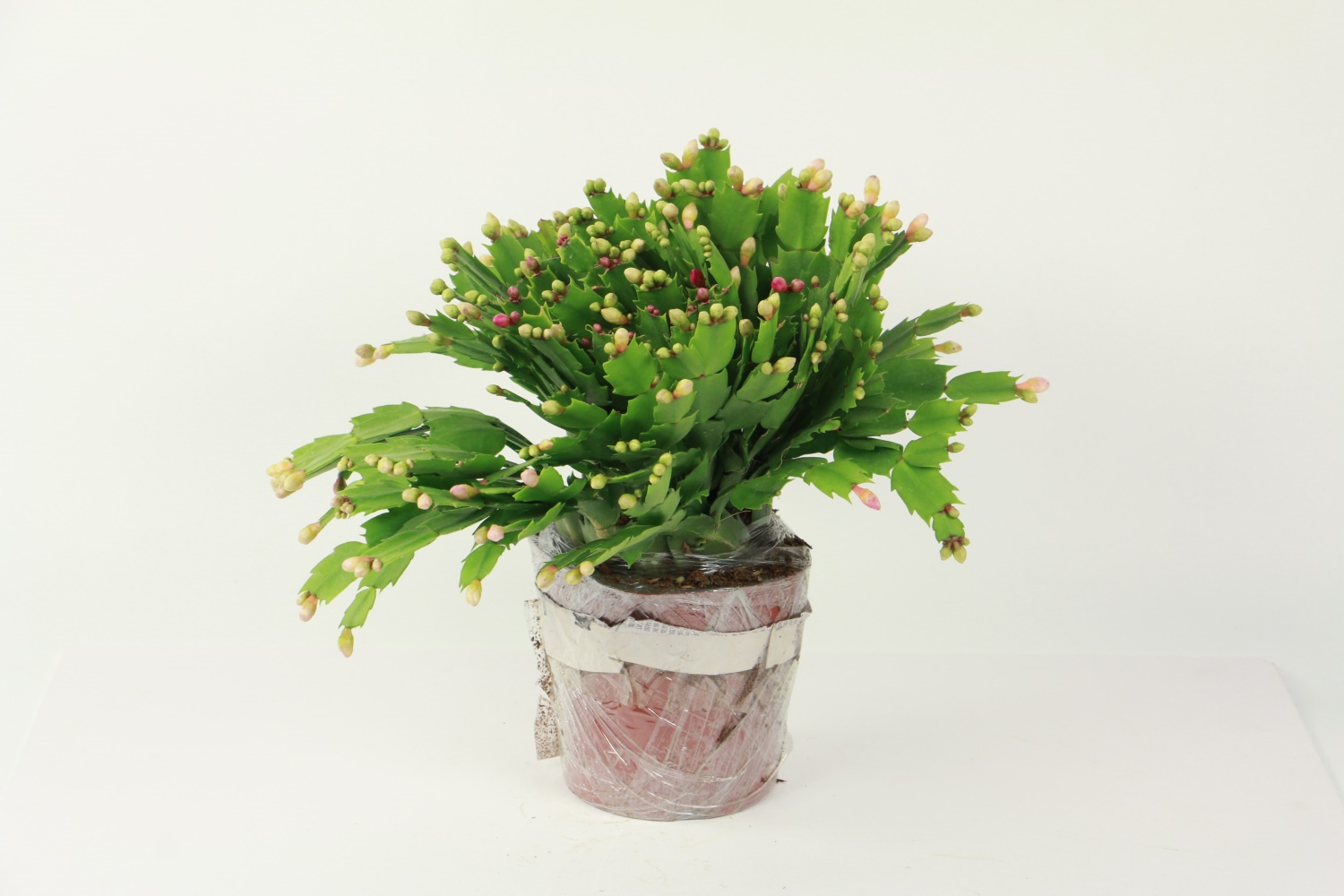
Peeling
After the alcohol is dry, we can start to remove the epidermis of the grafted seedlings. Generally, remove the epidermis of 0.8 to 1 cm, and peel both sides
Note: when removing the epidermis, do not cut it too long, otherwise there will be wounds left outside, and the grafted seedlings will rot. at the same time, do not cut it too thick, and do not hurt the stem in the middle of the grafted seedlings, otherwise it will become soft, not easy to graft, and affect the growth and aesthetic effect
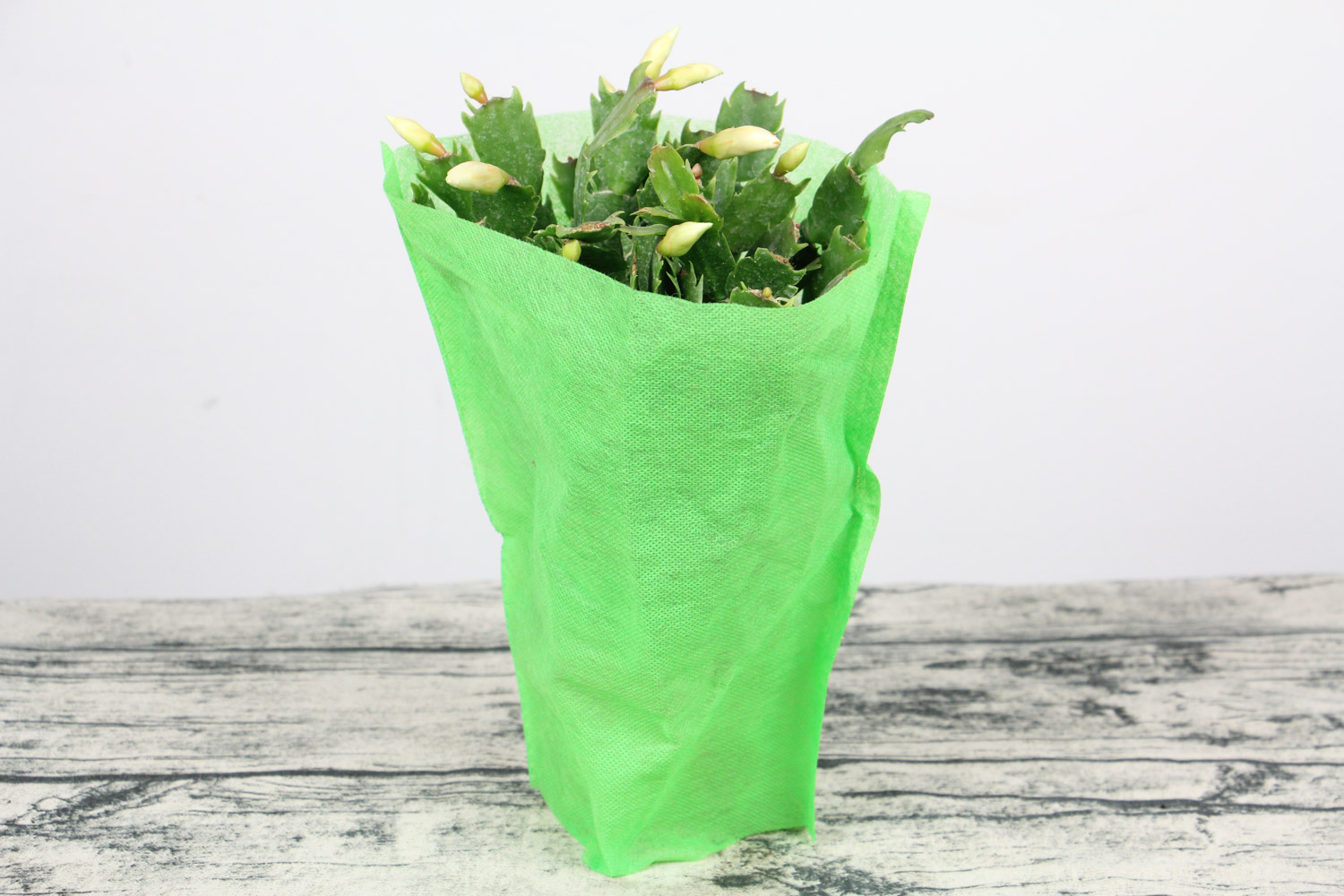
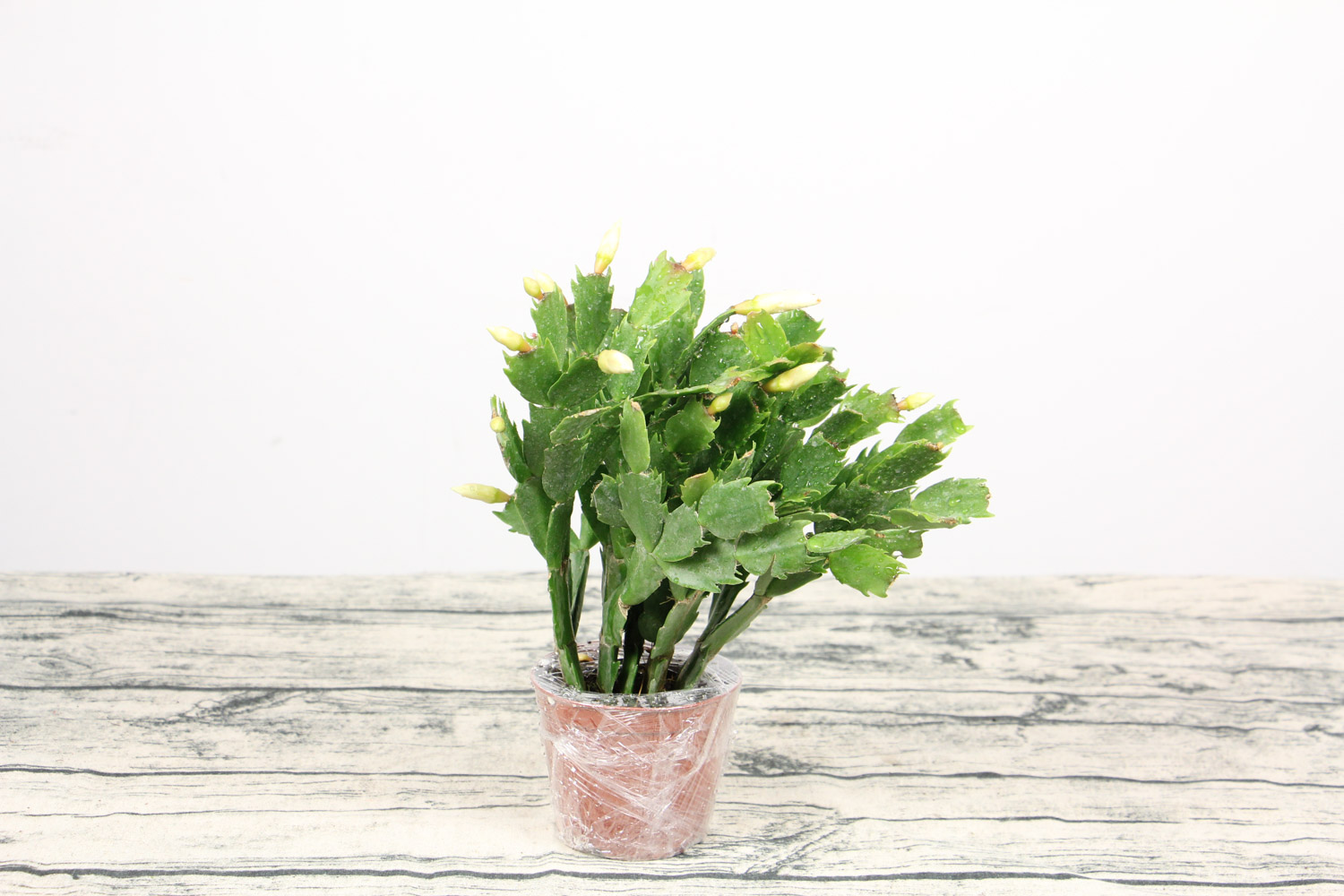
Rootstock treatment
For the cactus opening of the detoxified part, cut down with the tip of the paper cutter. The incision should be an inverted triangle with a small inside and a wide outside. The depth is generally about 2 to 3 cm and the width outside is generally 2 to 3 cm (depending on the width of the grafted seedling)
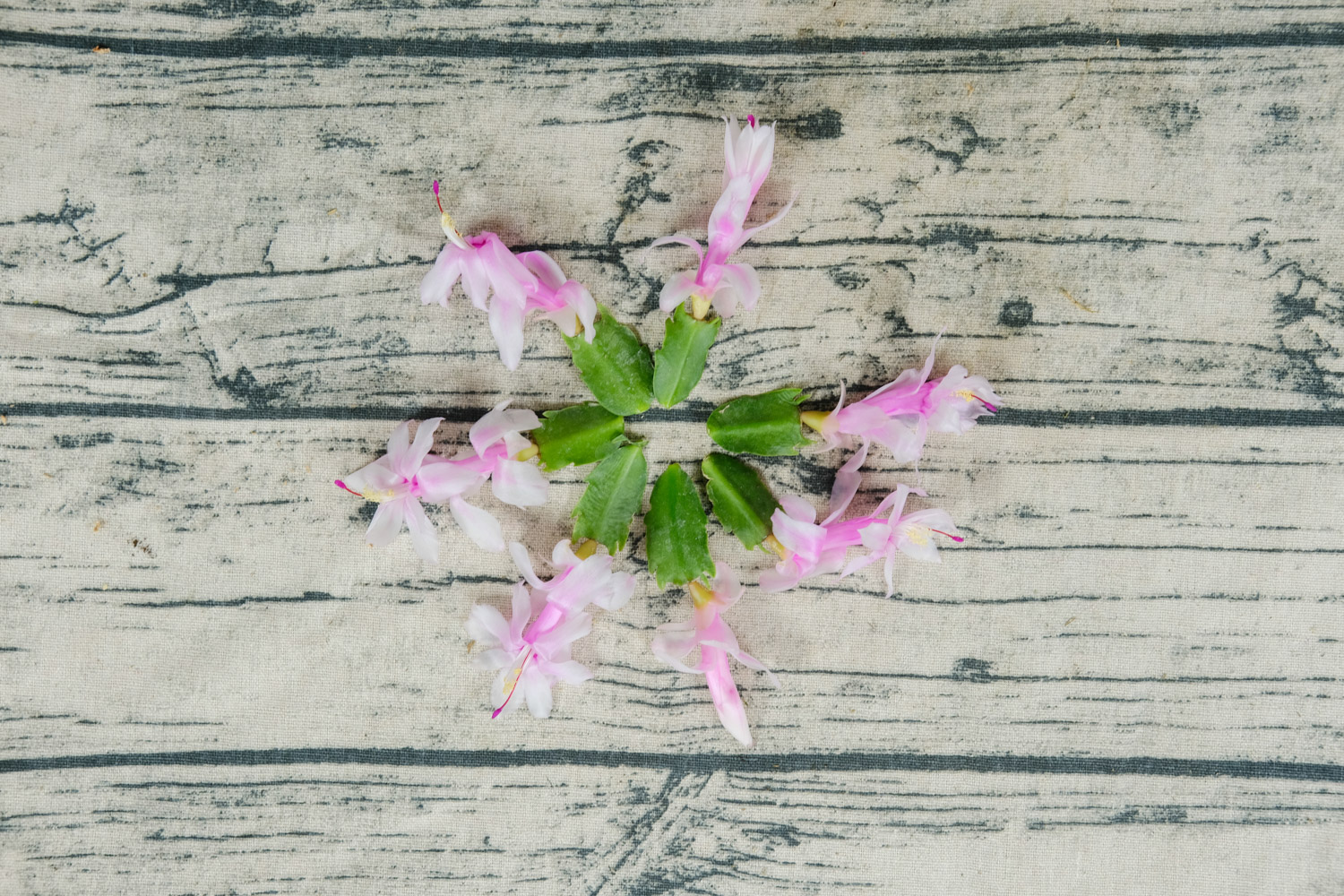
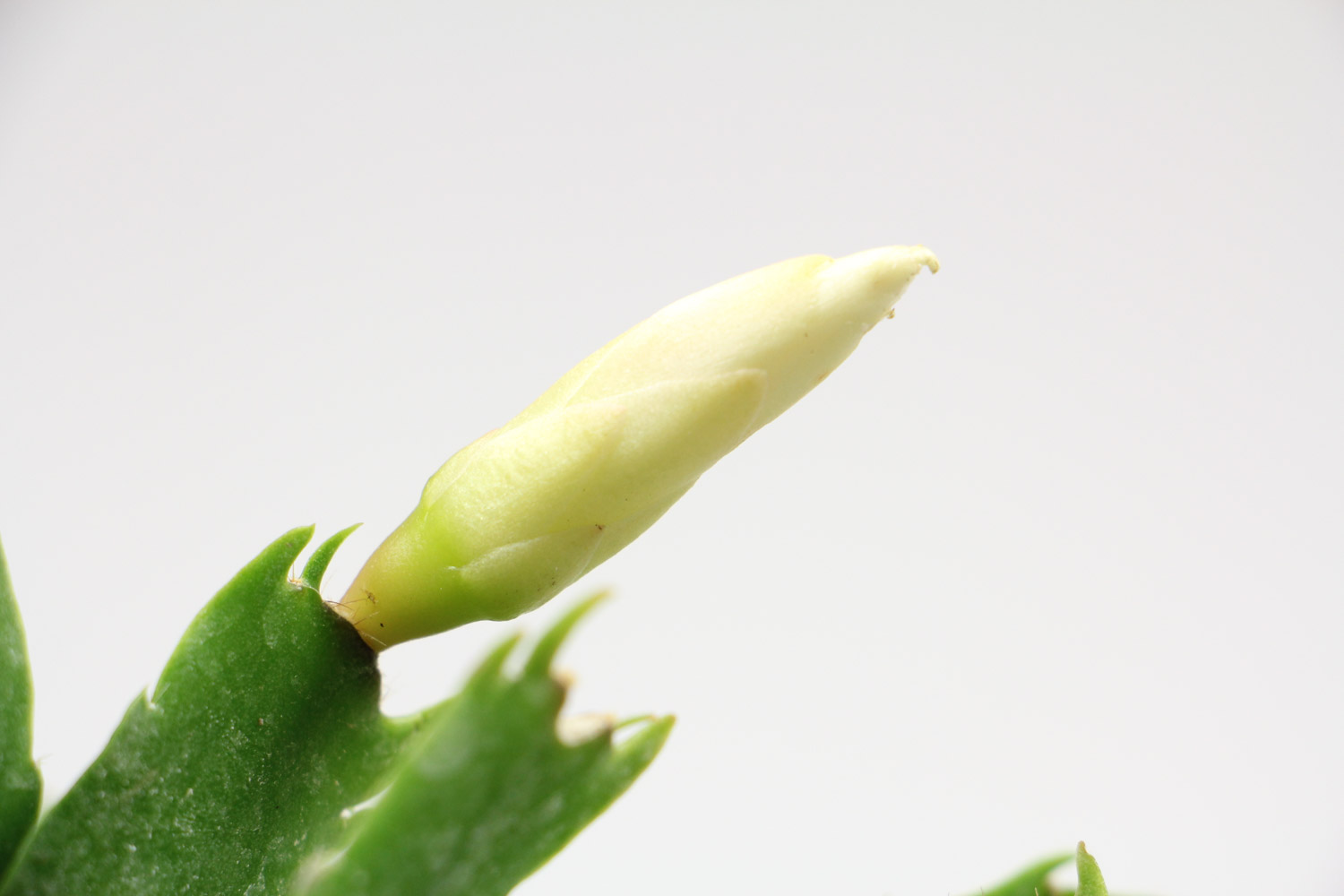
Grafting
Insert the grafted seedlings into the incision and be careful not to use too much force, otherwise the grafted seedlings will break. Generally, I will use a paper cutter to widen the incision, and then quickly insert the grafted seedlings (you can try)
Note: the incision of grafted seedlings must completely enter the incision of cactus, and there must be no wound leakage outside. After insertion, you can gently pull the grafted seedlings with your hand. If you feel tight and won't shake, it means that the anastomosis is good. Then press and hold the incision with your hand for 3 seconds to observe whether the grafted seedlings are extruded. If not, it means success. If extruded, it means that the anastomosis is not good, you can pull them out and re insert them
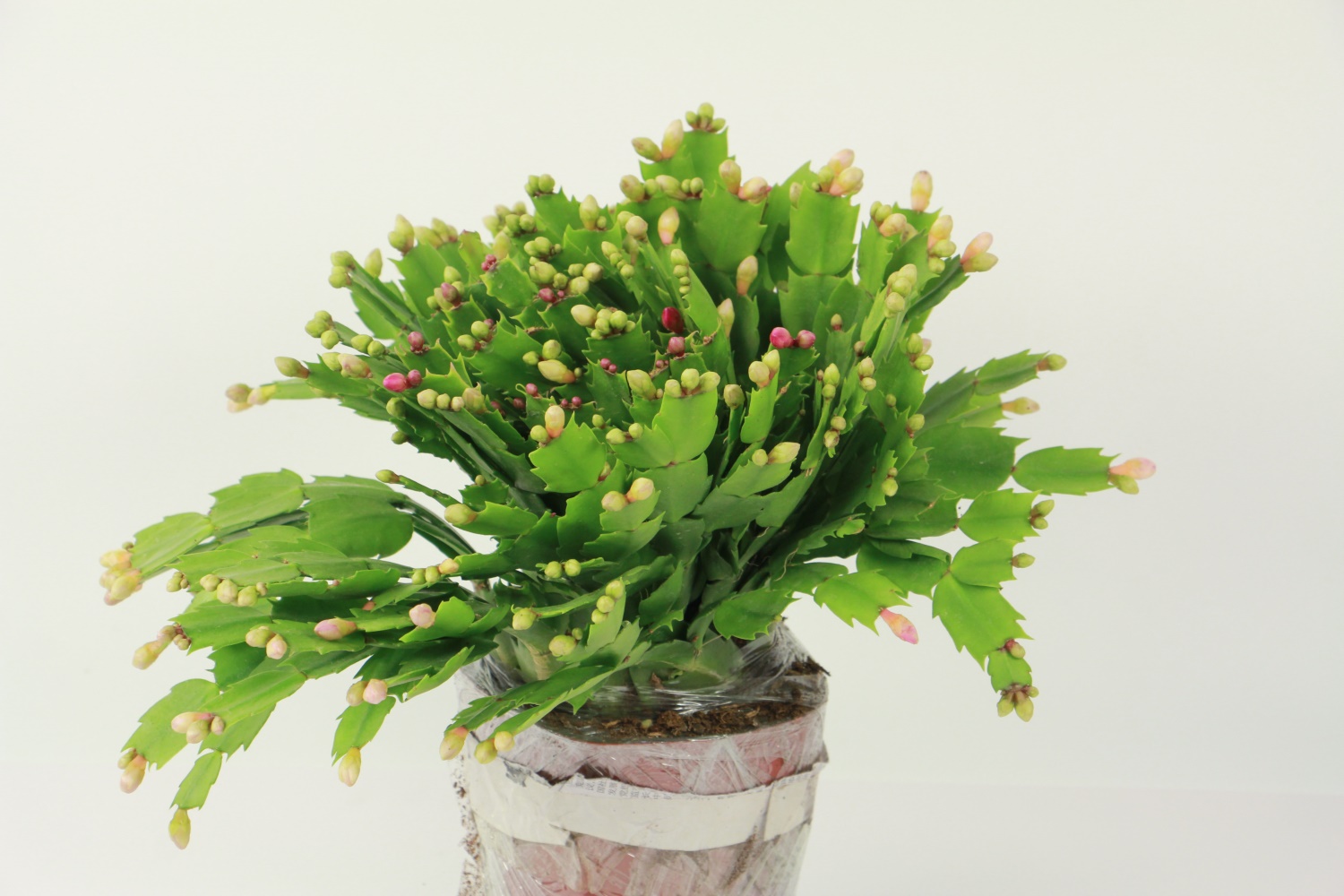
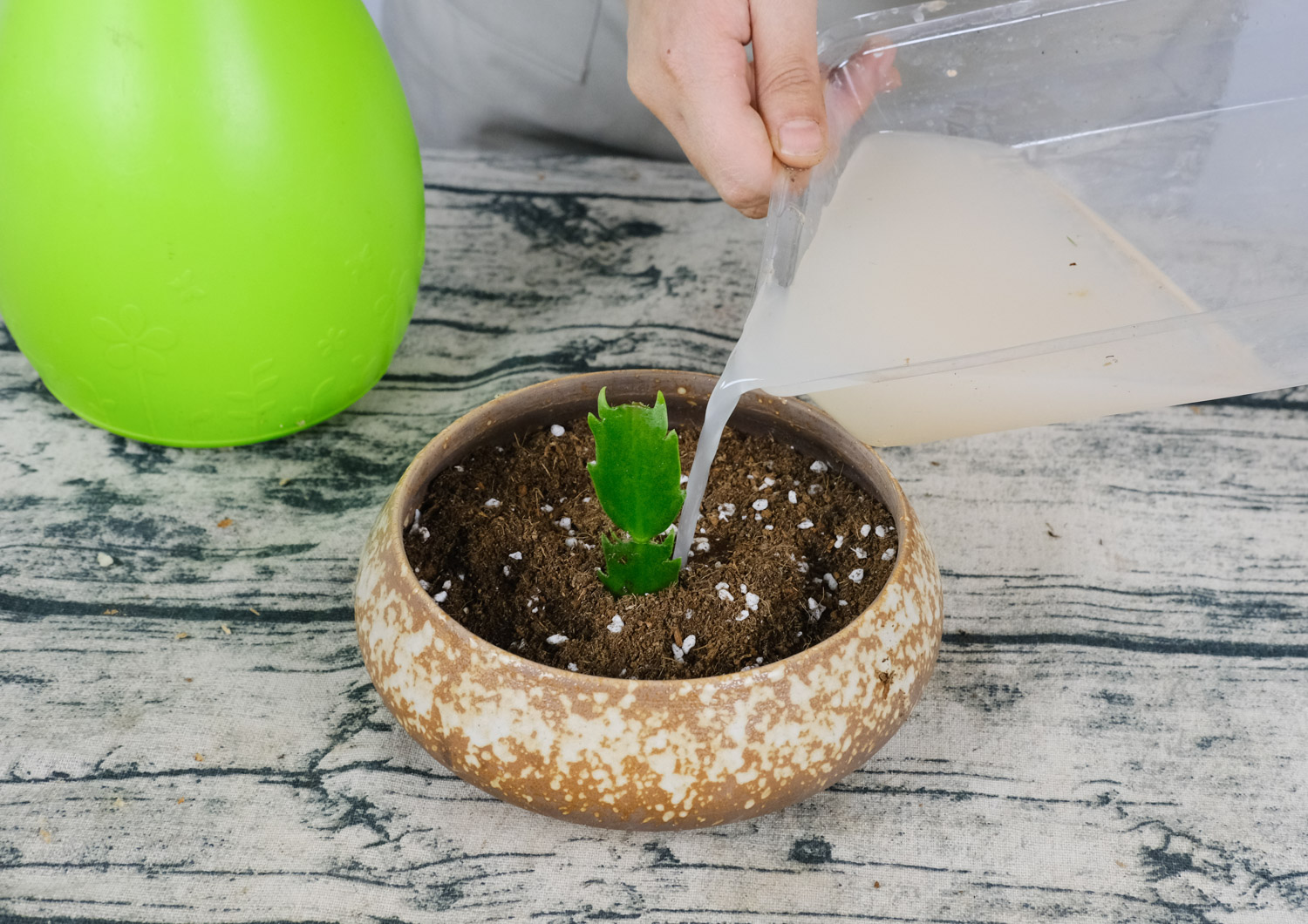
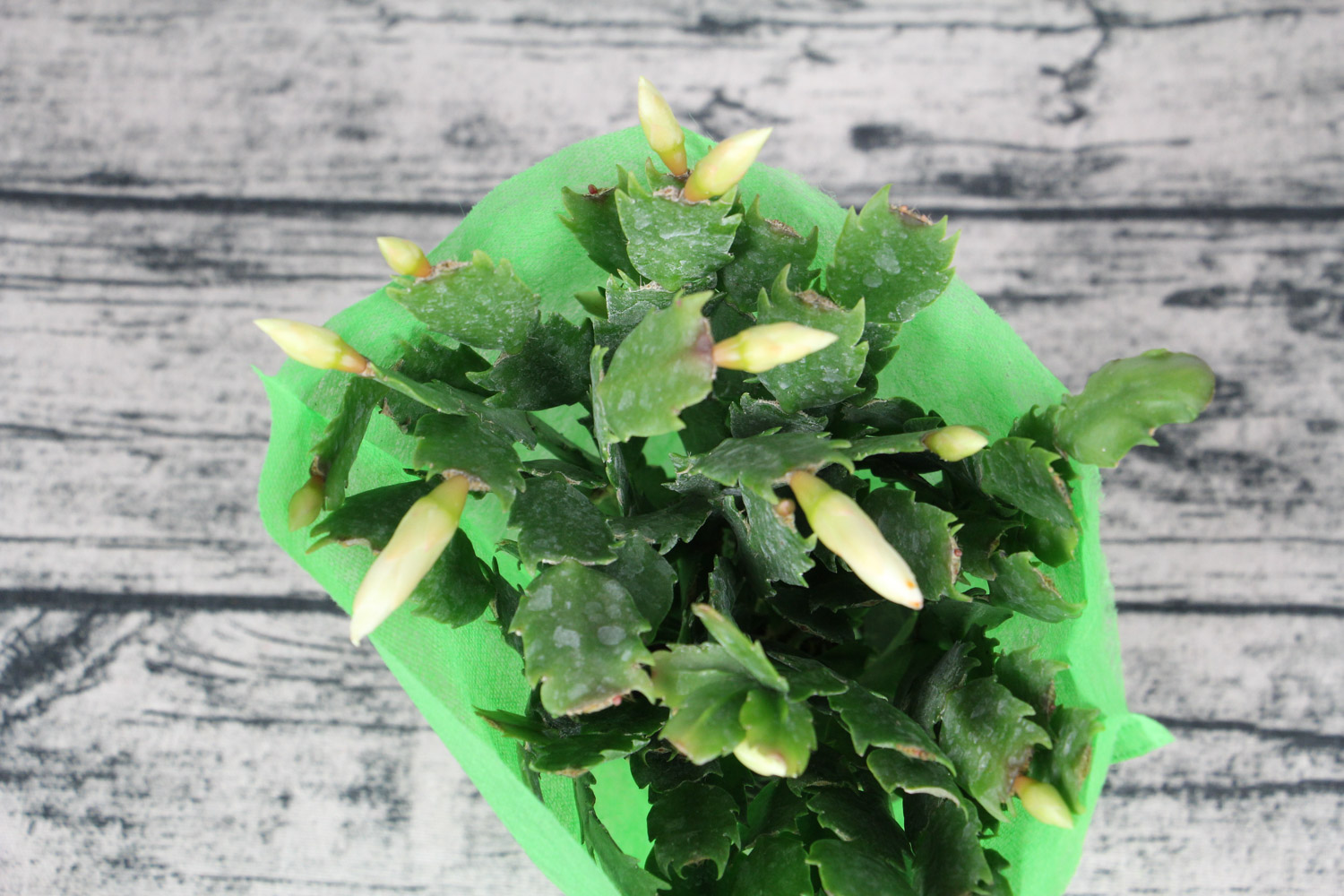
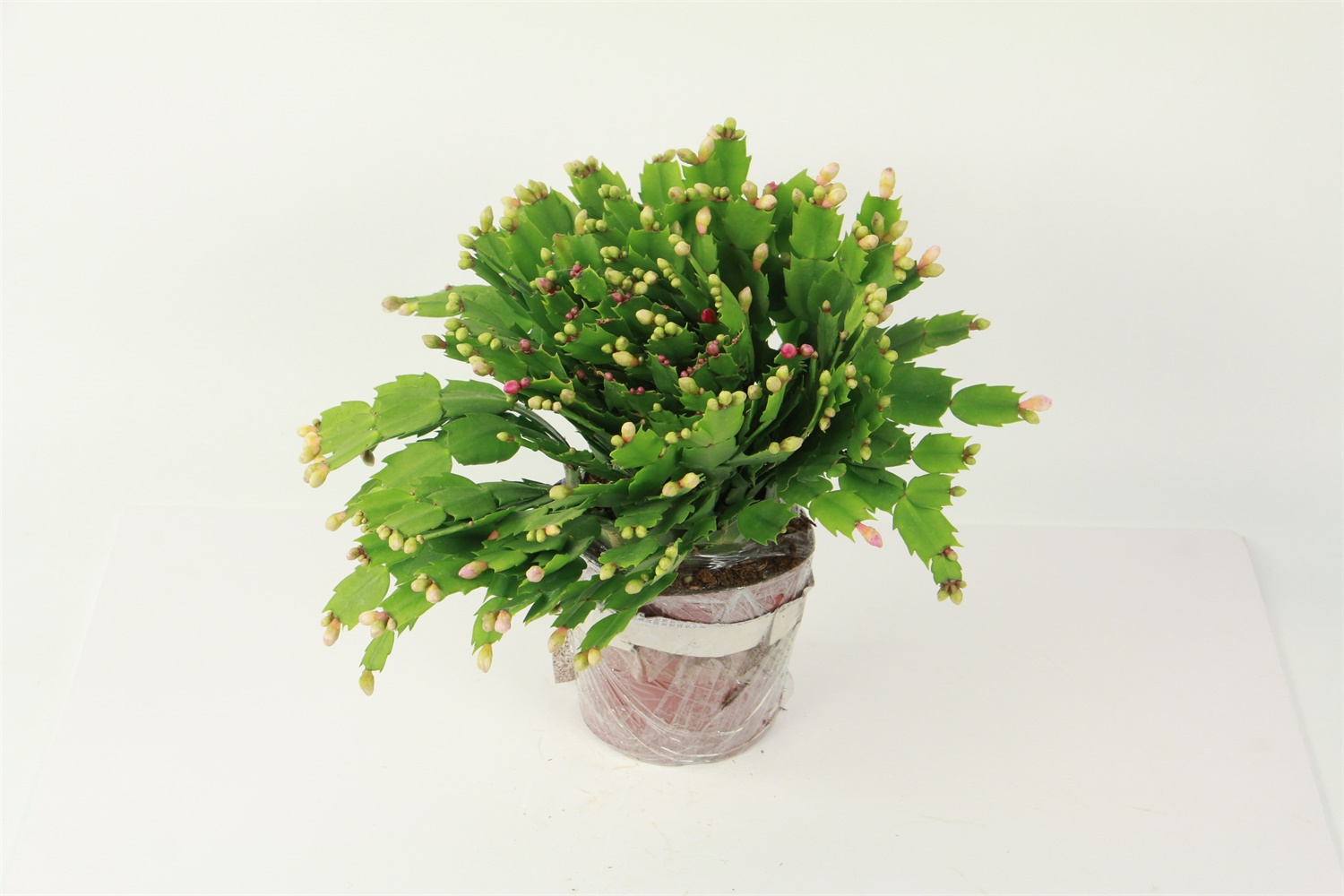
Cutting
Prepare
Sharp blade, soil (pine needle soil, matching, perlite, vermiculite, etc.), rooting powder, branches for cutting (preferably annual robust branches.)
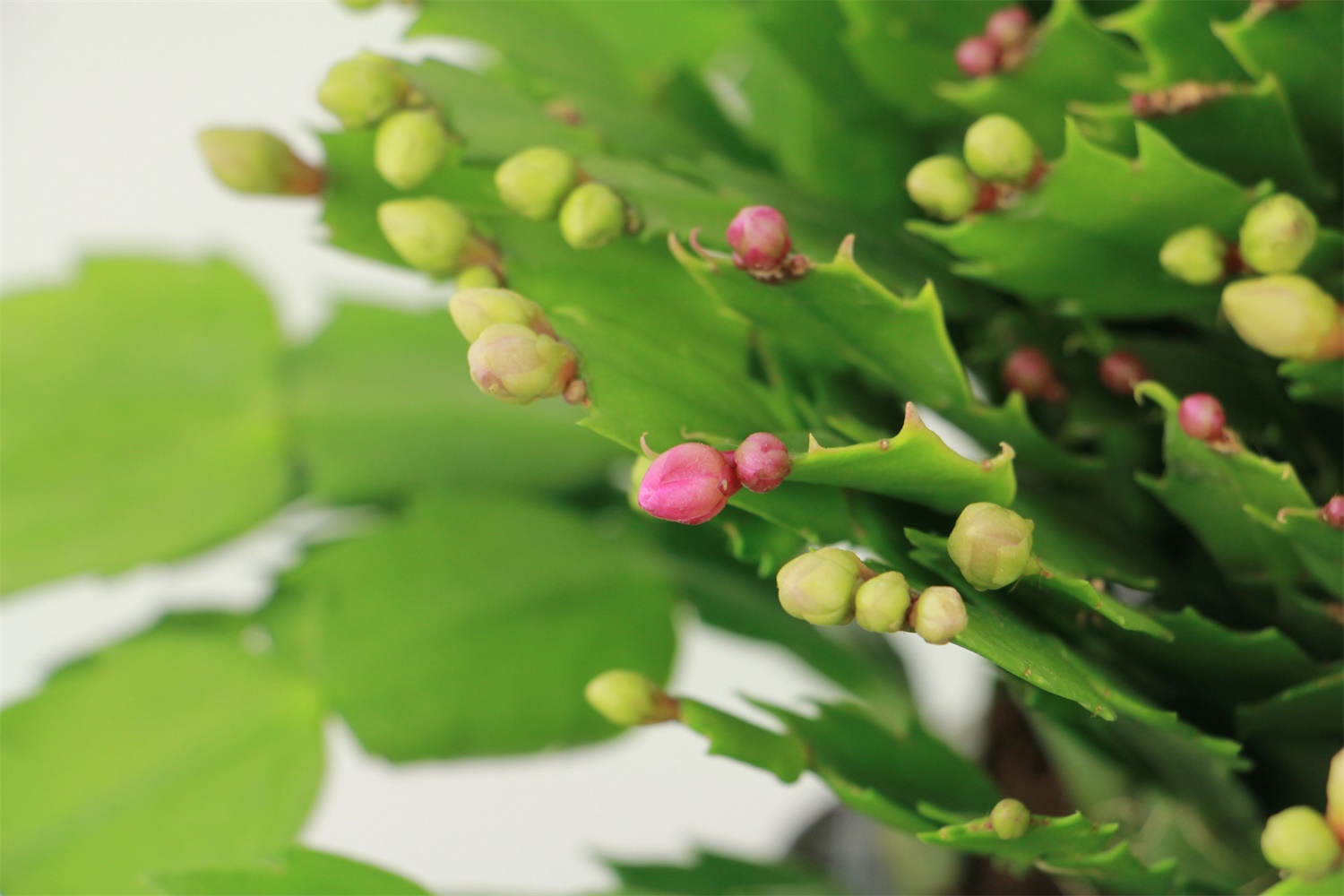
Configuration soil
Mix the prepared soil together and pay attention to the semi wet soil, that is, the slightly wet one
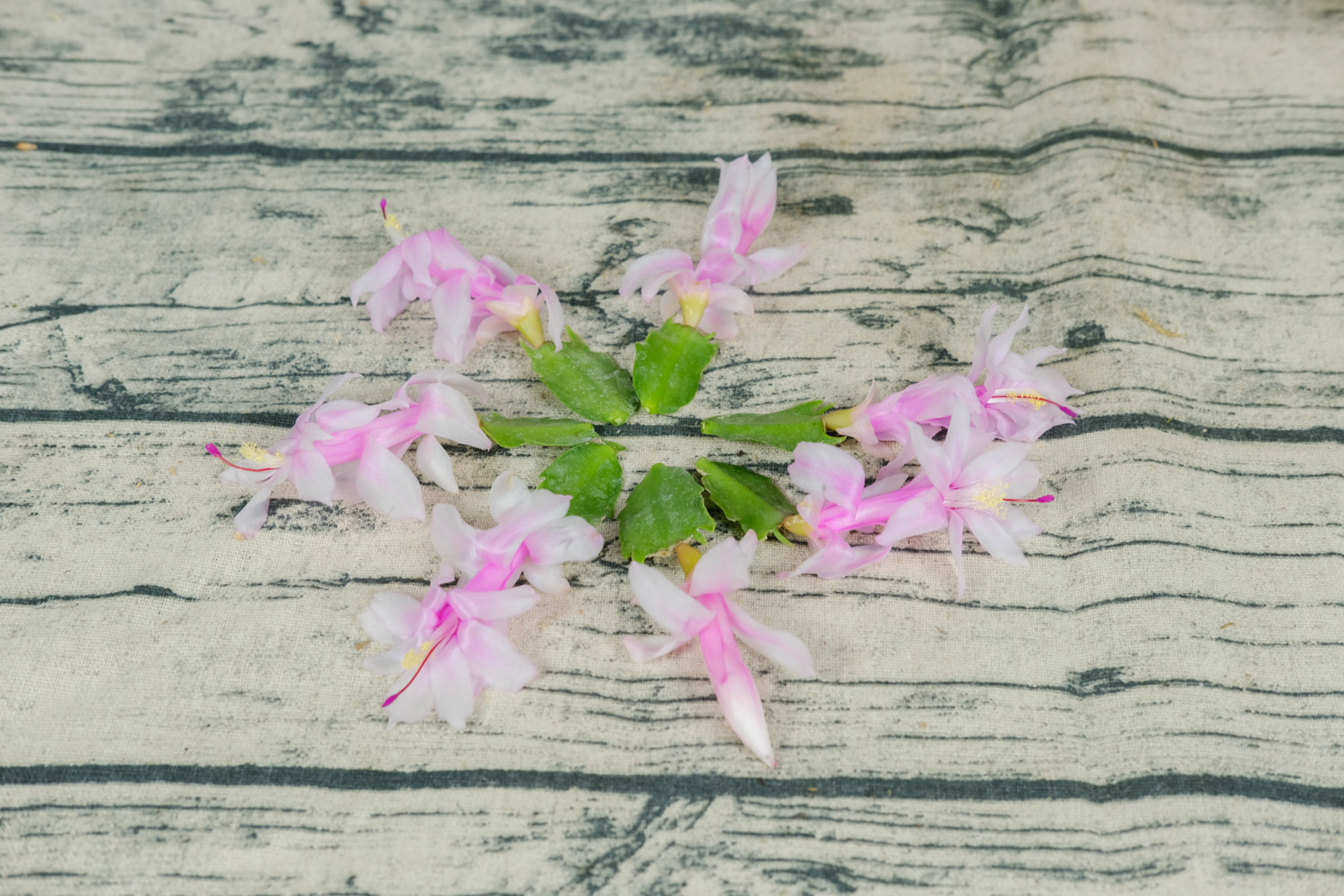
Stick on the rooting powder
Spread rooting powder on every branch that needs cutting, which can reduce the rooting time of crab claw orchid, which is more suitable for those flower friends who can't stand loneliness~
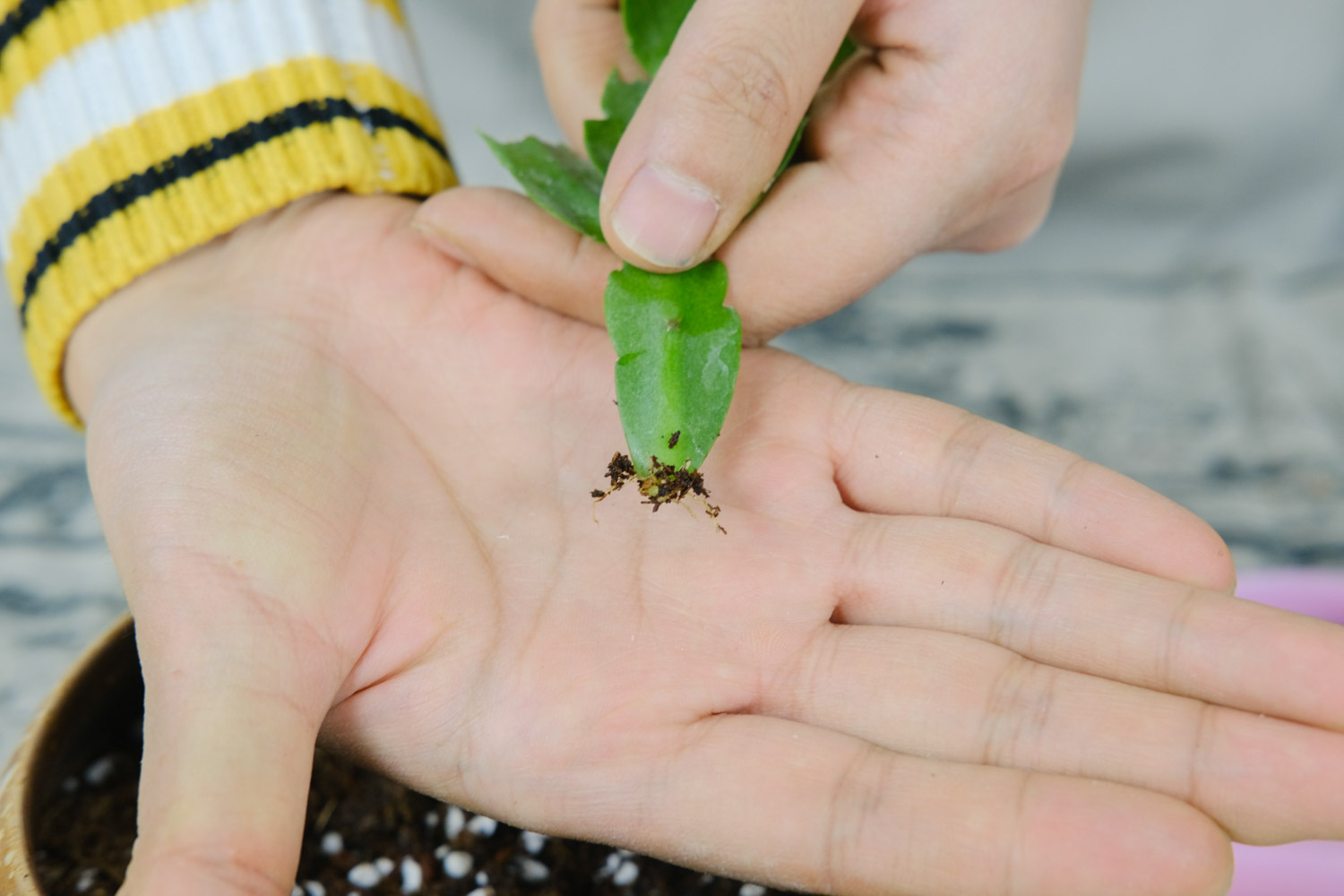
Cutting
Use tweezers to bury the prepared branches into the soil. Remember to be careful when using tweezers. You can't break the skin of crab claw orchid. Pay attention to leave a good distance when cutting the remaining branches, so you don't have to transplant them in the future~
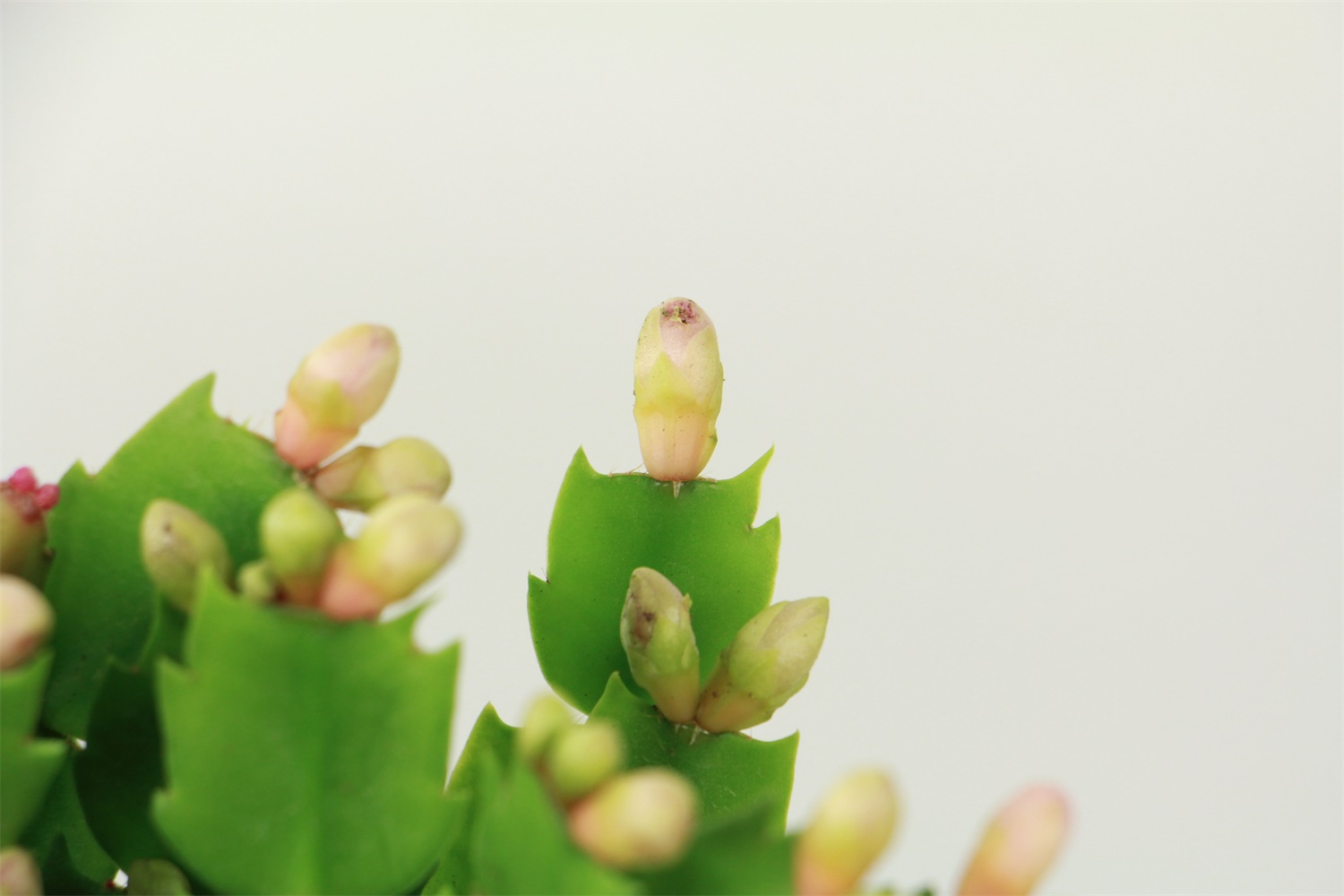
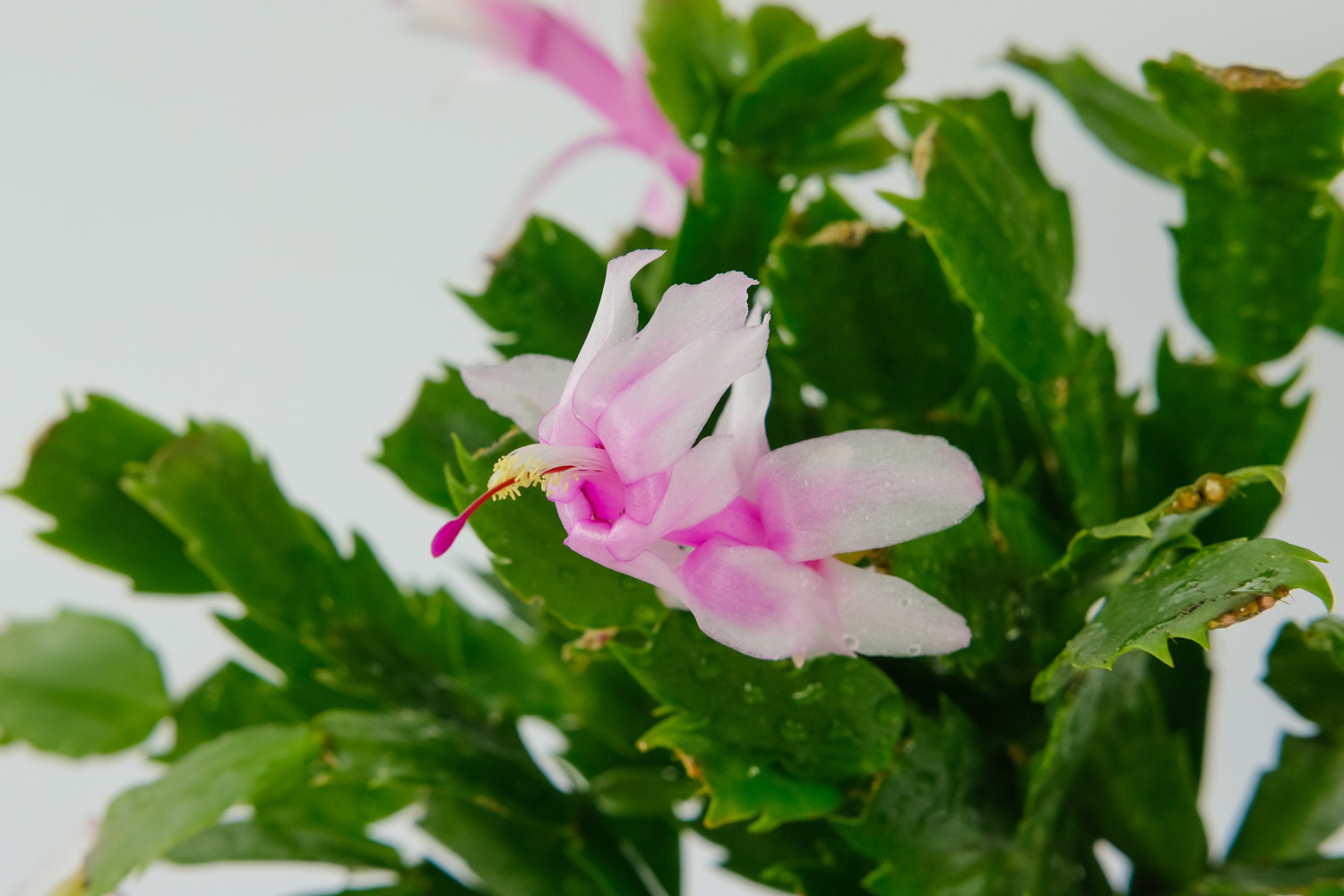
Wait until it takes root
Put on the plastic bag and check it once every 3 ~ 4 days. When the matrix is dry, it can be sprayed wet without watering. After a week, the plastic bag can be removed, and it will basically take root. After new buds appear, it can be managed normally
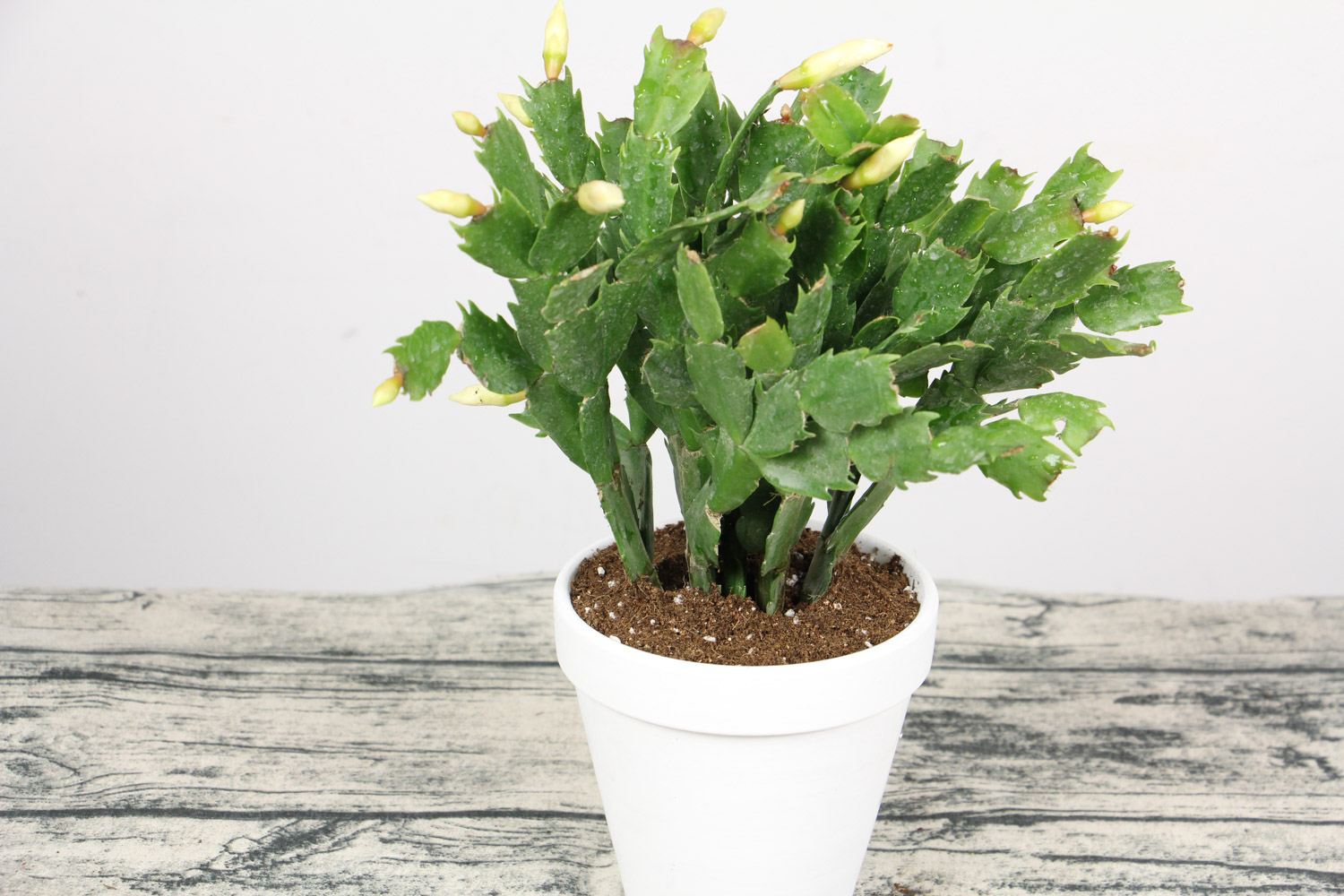
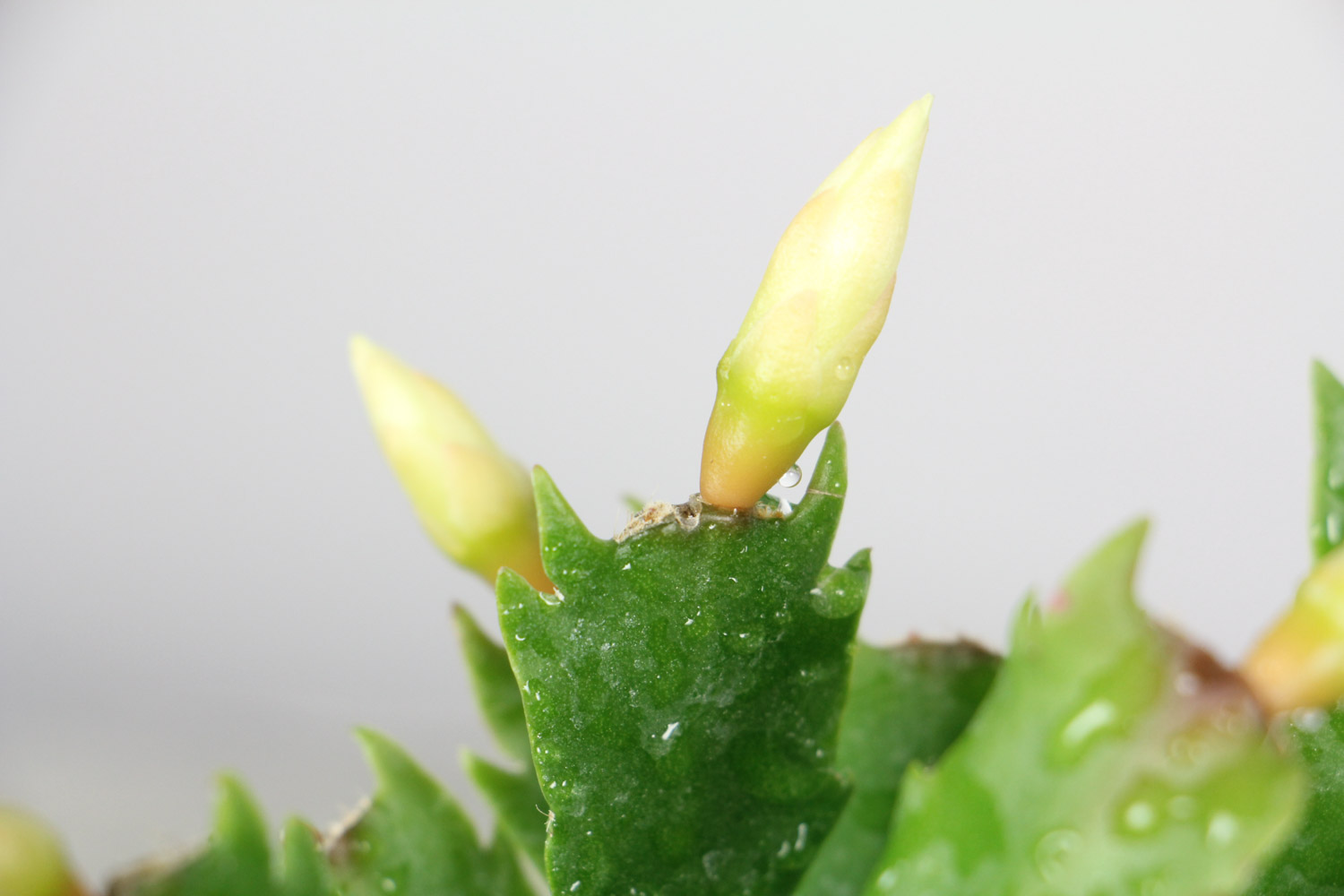
3、 Frequently asked questions
How does crab claw blossom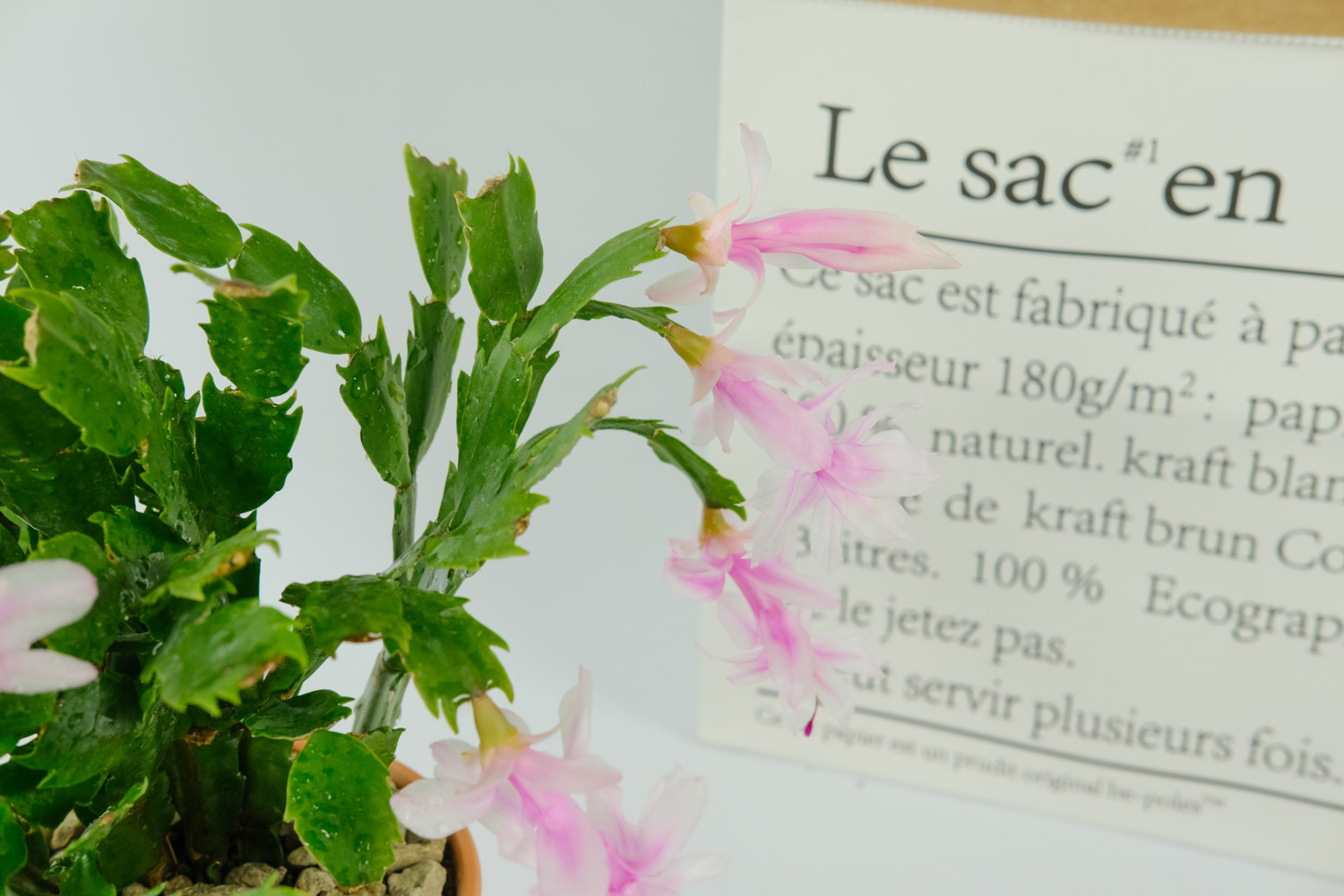

Two to three flower buds are often planted at the top of the stem node of crab claw orchid at the same time, and there will be nutritional competition between each flower bud. At this time, it is necessary to sparse the buds to supply the retained flower buds in a centralized way, so as to make the flower buds grow, have the same size and bright color, and ensure the normal and consistent development of the flower buds at each end node
The bud thinning method is to retain the most powerful bud among the leaves of each end node, and all the rest are sparse
The flowering crab claw orchid looks like dying. Is it normal
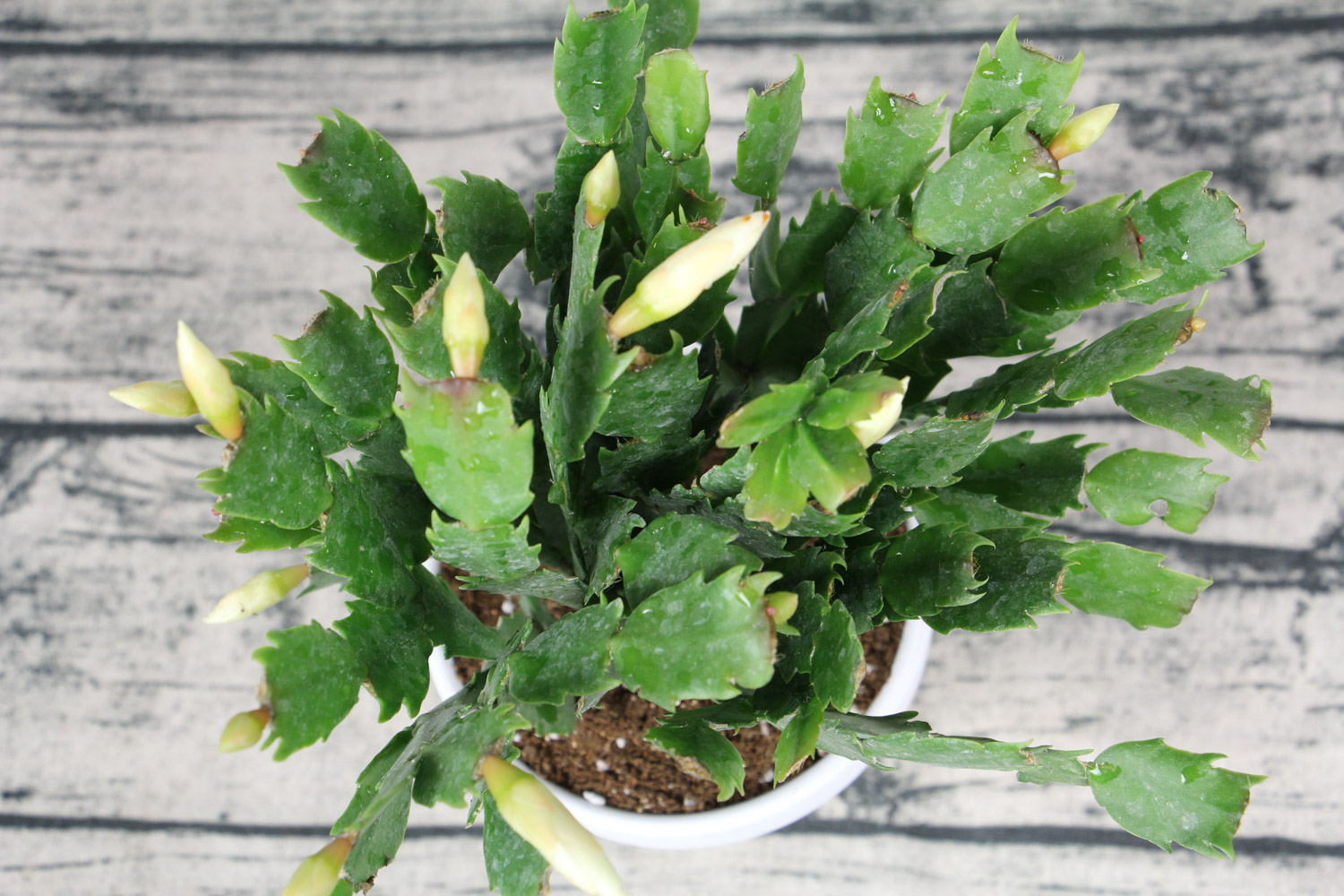
It is normal that the stem of the hanging flower node becomes soft and wrinkled after the flowering period. This is the reason why the crab claw enters the dormancy period. There is no need to worry about its death
The dormancy period is about 1 month. At this time, the stems of each section of the plant can be trimmed, and 1 ~ 2 sections can be cut off to keep the plant shape neat. In addition, during the dormancy period, we should control the amount of watering and place it in a ventilated place with light and spray it regularly. After the end of the dormancy period, the stem can be transferred to normal management. p>
How to make crab claw blossom in advance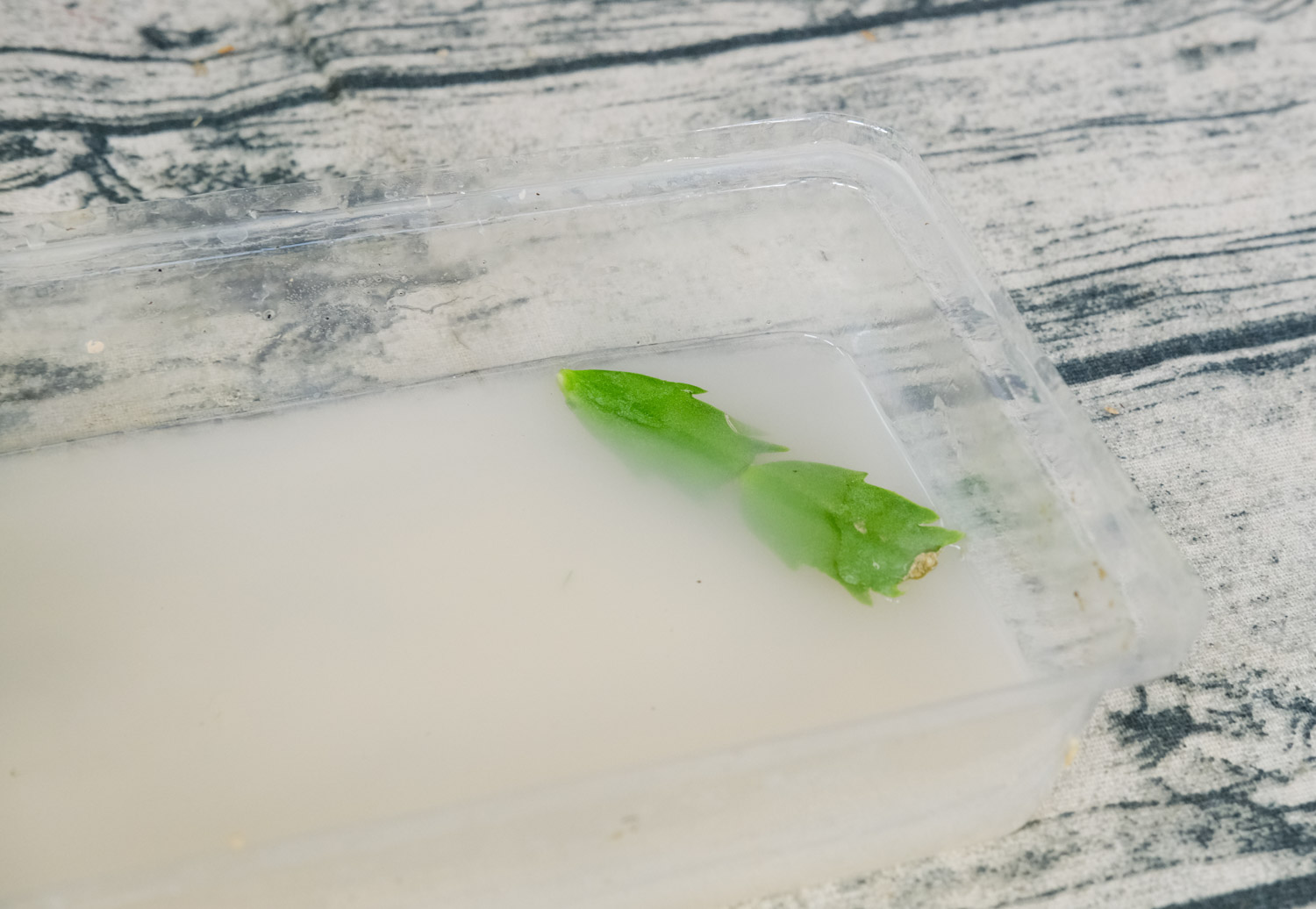

Crab claw orchid is a plant with short sunshine. It can bud and blossom in autumn and winter under the condition of short sunshine
If it is necessary to let the crab claw blossom in advance, it can be treated with short sunshine. If it is treated with 8 hours of short sunshine shading every day, it can bloom one month in advance
What about the etiolation of crab claw orchid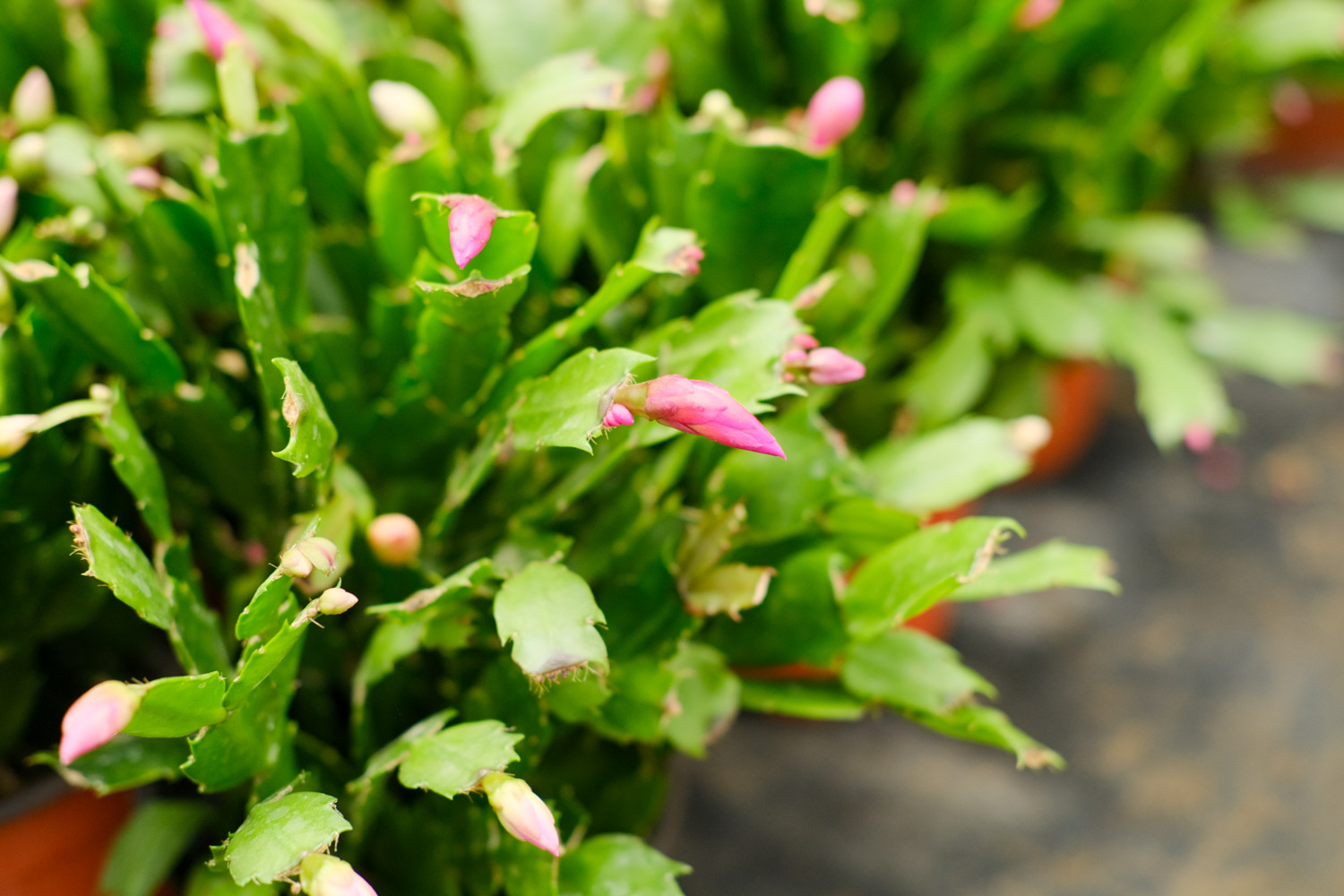

The main reasons for the etiolation of crab melon orchid are: high temperature, direct sunlight, dry air, poor ventilation, alkaline basin soil and damage by red spider. These factors will cause the stem nodes of crab claw orchid to turn yellow and even fall off from the base
In winter, pay attention to spraying water around the crab claw from time to time. In high temperature season, you should pay attention to shade and put it in a ventilated place for maintenance. When red spider is found, you can spray 80% dichlorvos 1500 ~ 2000 times
What about the falling flowers and buds of crab claw orchid
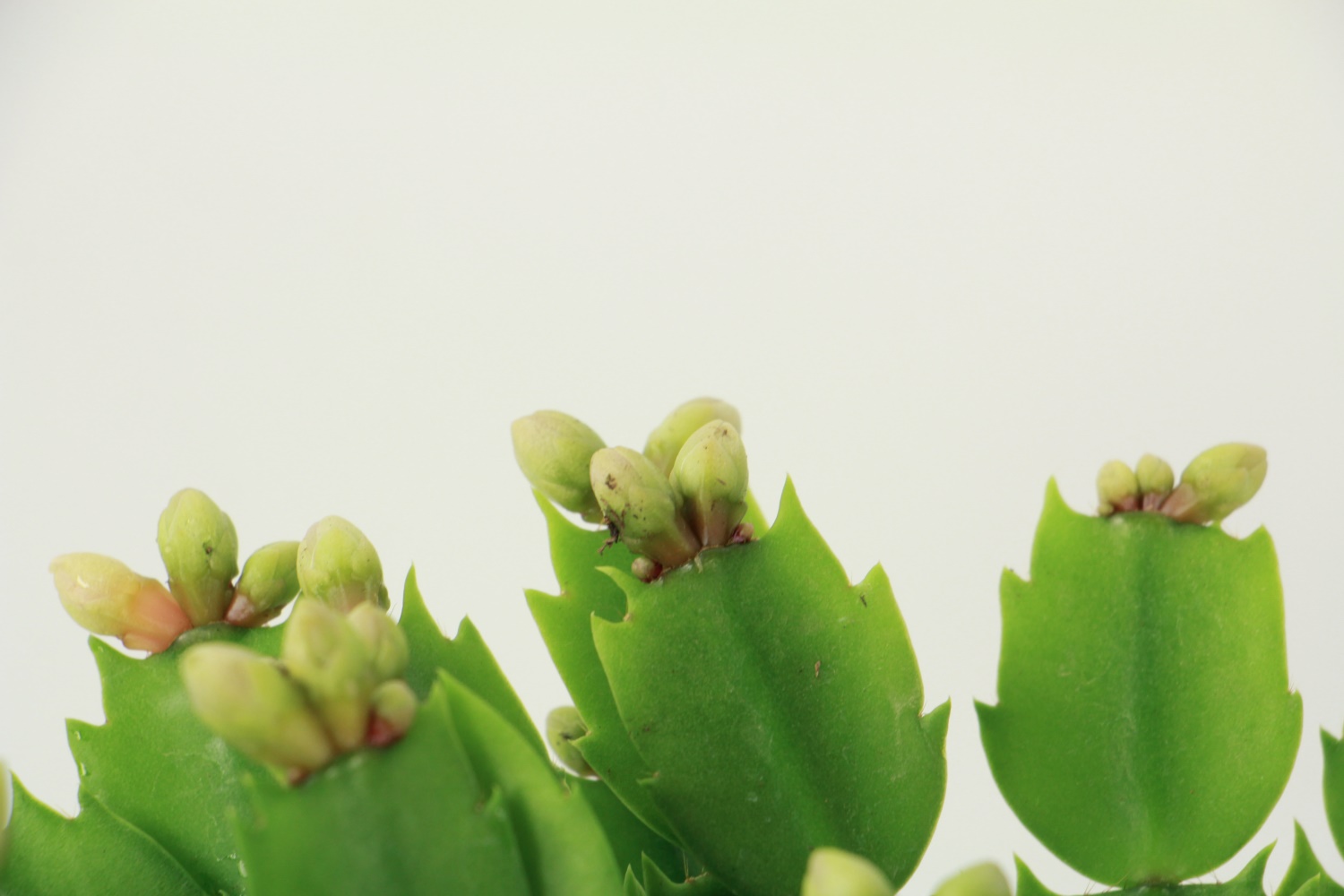
There are many reasons why the crab claw orchid suddenly falls flowers and buds. The reasons we often encounter are: sudden cooling or large temperature difference between day and night, improper watering, insufficient fertilization and random movement of flower pots
Don't often move the crab claw orchid at ordinary times. For example, move it into the heating room from the balcony. Moving it at will will will hurt the crab claw orchid, and the sudden change of the environment will directly let the crab claw orchid drop its buds
On the issue of fertilization, thin fertilizer should be applied frequently to increase nutrition. After the beginning of autumn, increase the application of phosphorus and potassium fertilizer to promote the promotion and growth of plants
The plant is placed in a sunny place, often in a special basin to make the plant receive light evenly, but don't use light at night! Crab claw orchid is a flower with short sunshine. Long time light irradiation affects the formation of flower buds, and in serious cases, it will cause flower and bud falling
Keep the basin soil moist. Spray water to the plants often during bud stage, but pay attention not to ponding~
Timely remove excessive and dense flower buds and concentrate plant nutrients
There are flower friends of crab claw orchid at home. Pay attention~
Take good care of the crab claw orchid at home
All the above should be remembered< span>

 how many times do yo...
how many times do yo... how many planted tre...
how many planted tre... how many pine trees ...
how many pine trees ... how many pecan trees...
how many pecan trees... how many plants comp...
how many plants comp... how many plants can ...
how many plants can ... how many plants and ...
how many plants and ... how many pepper plan...
how many pepper plan...
